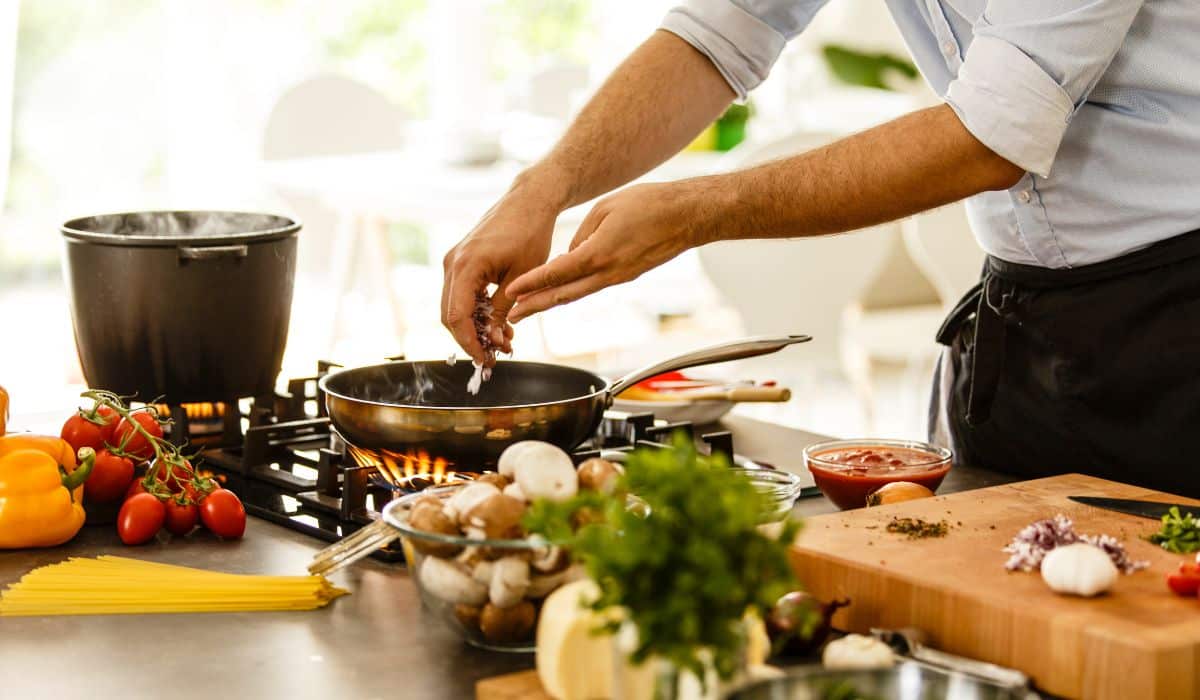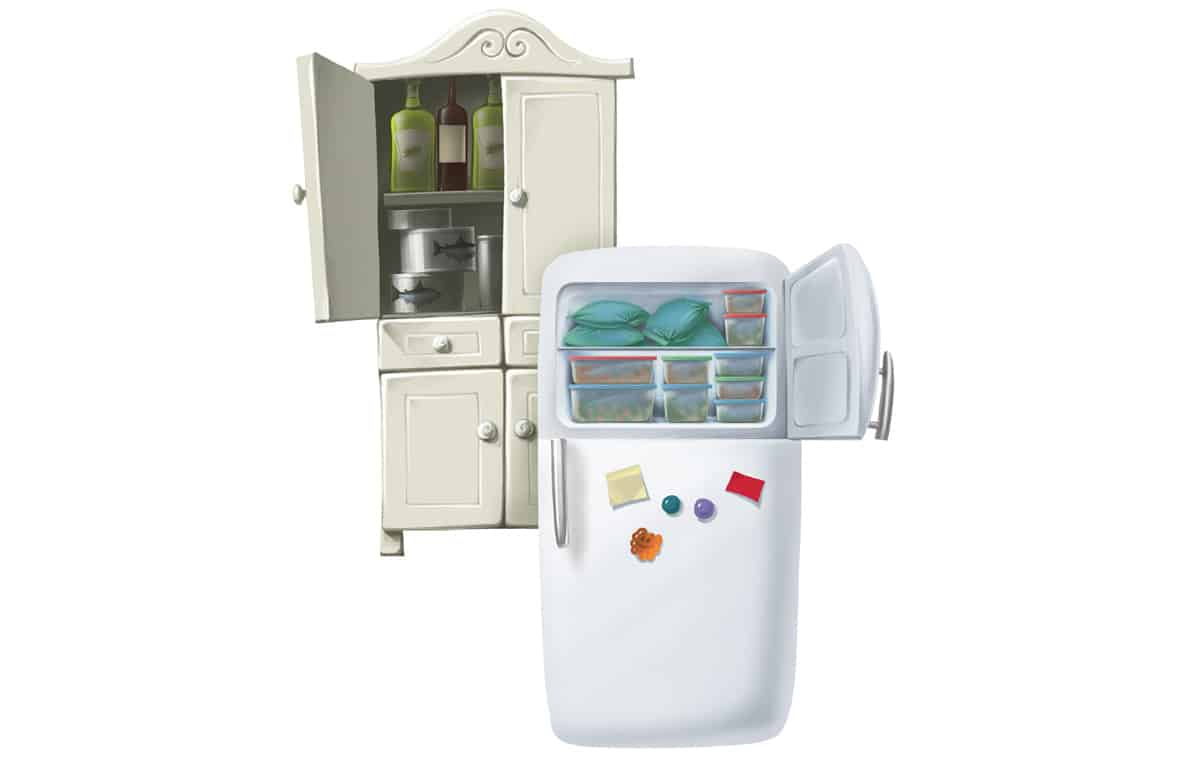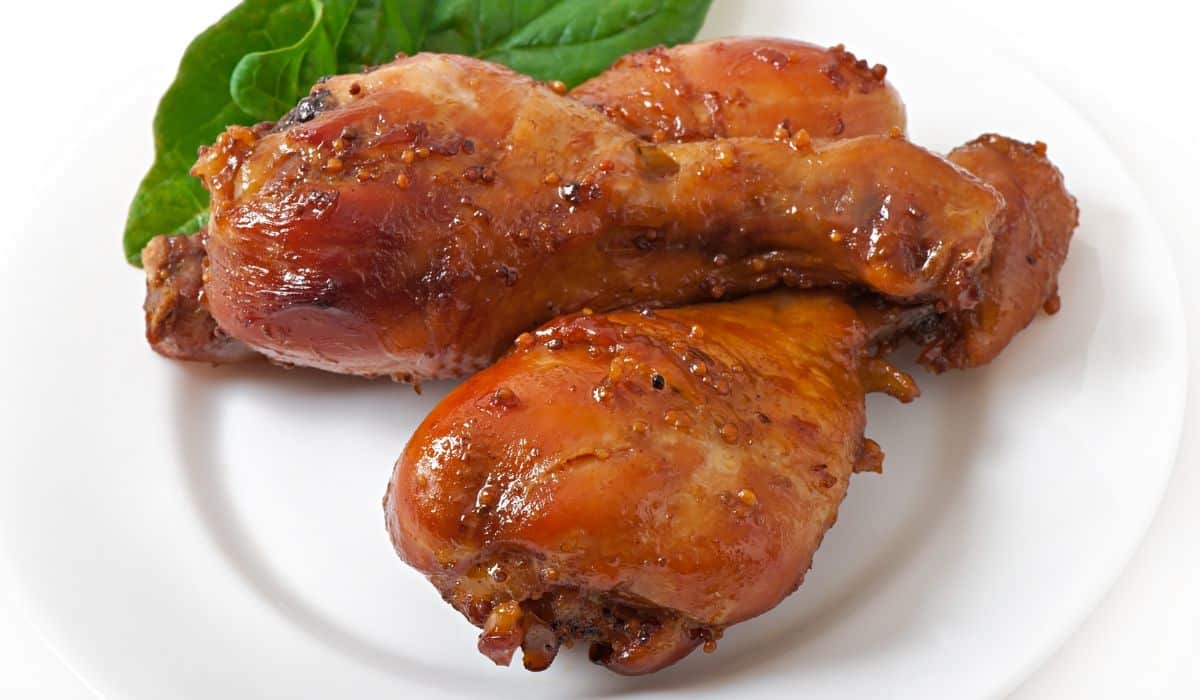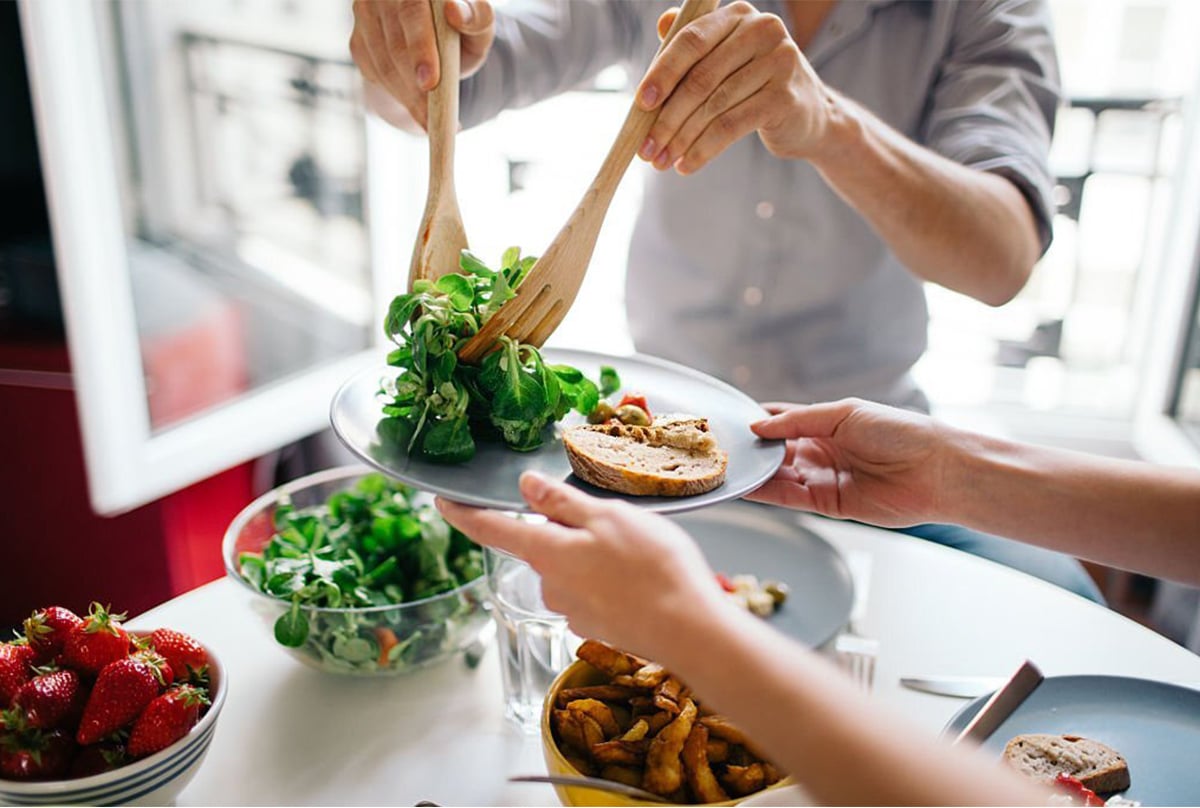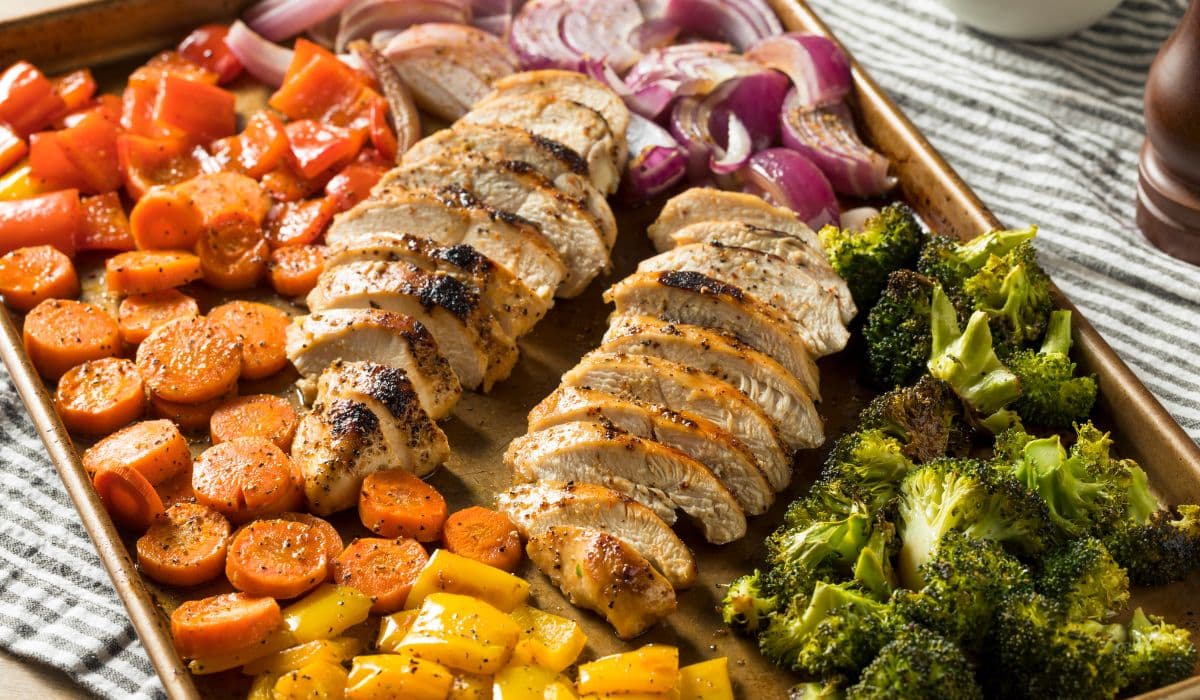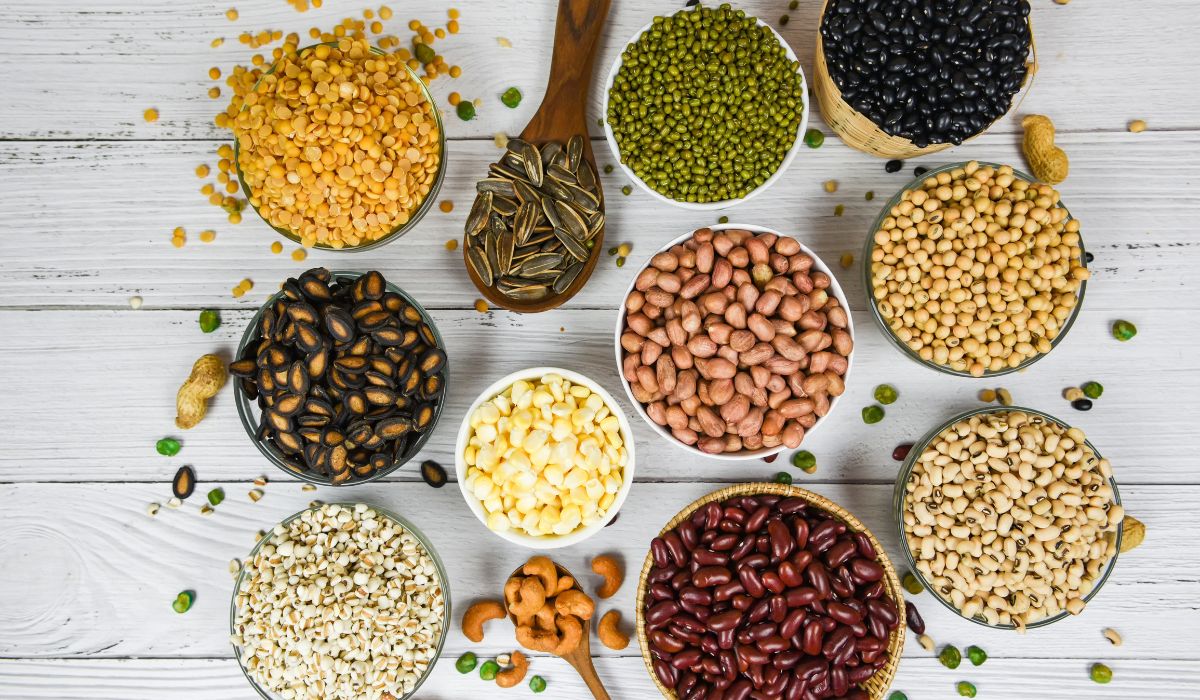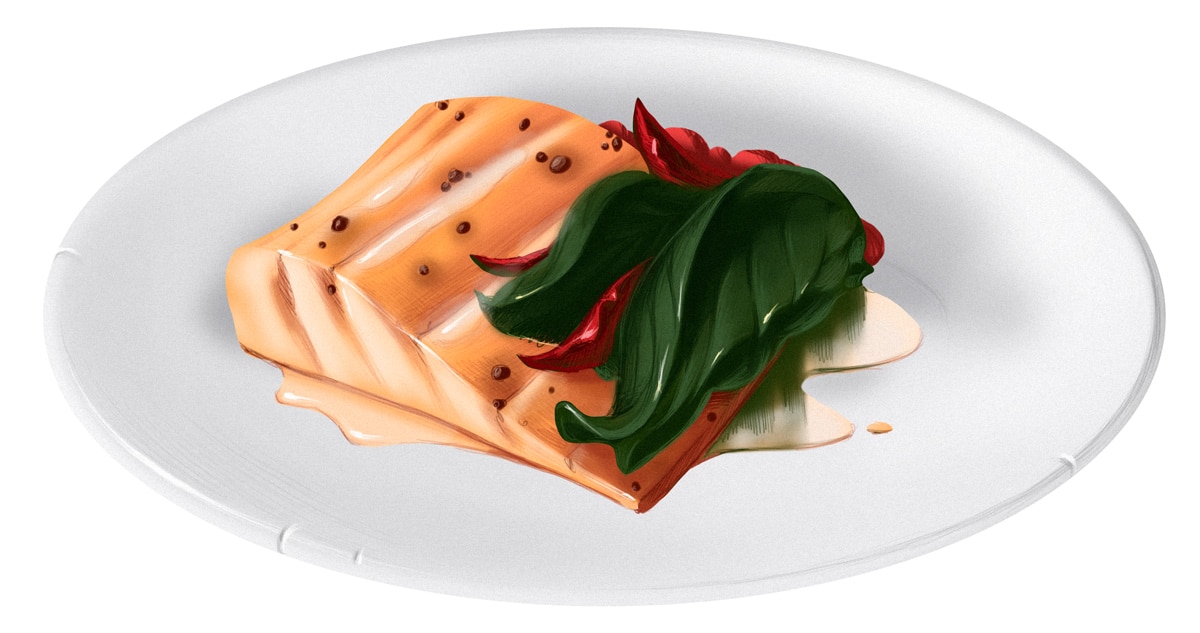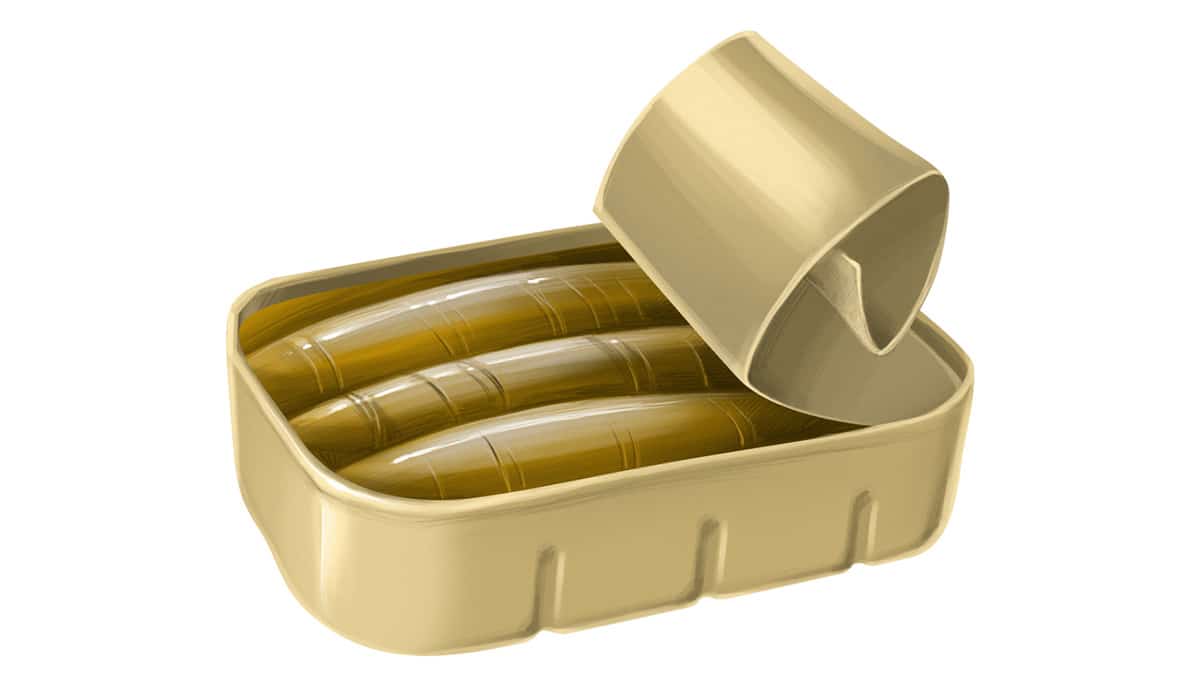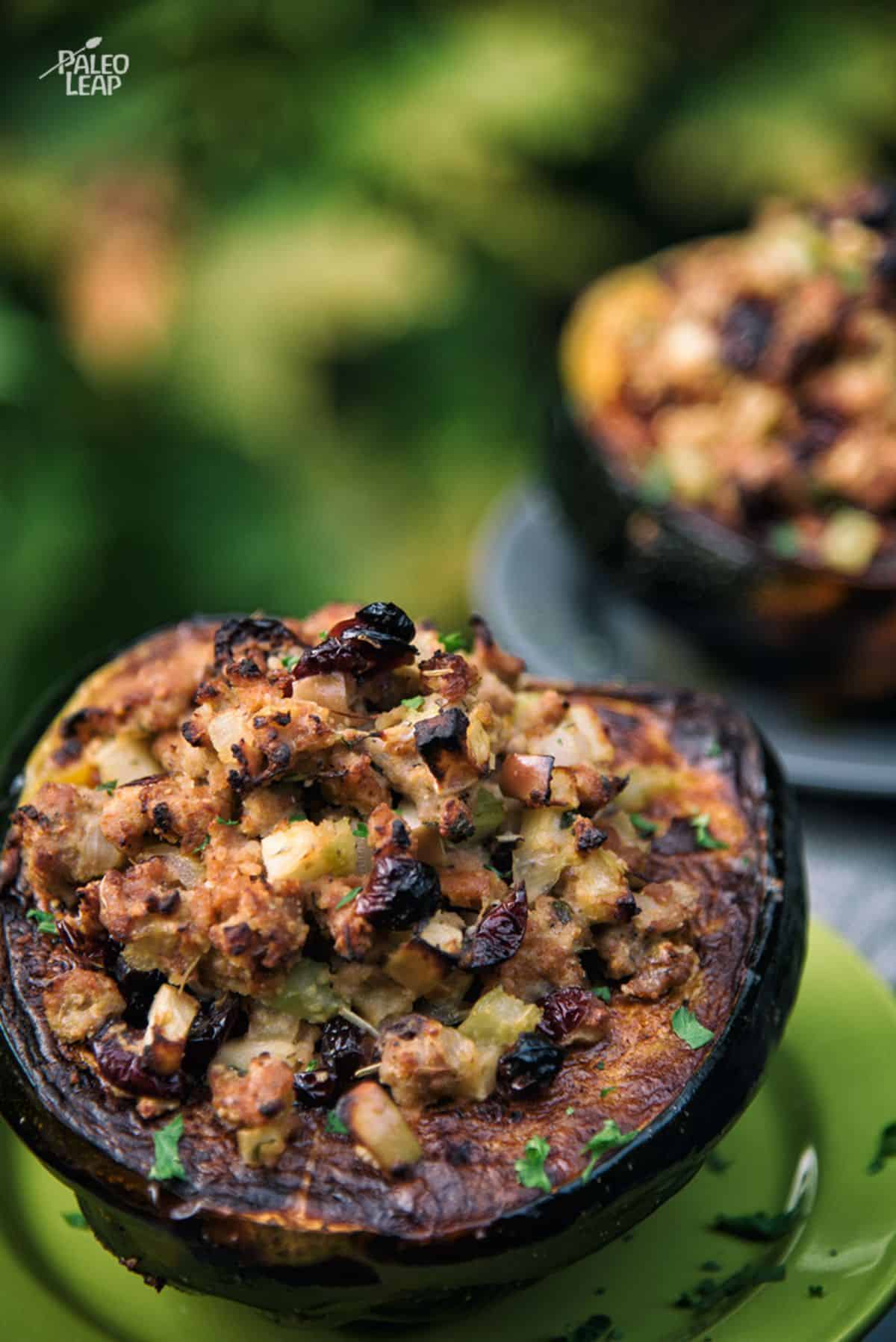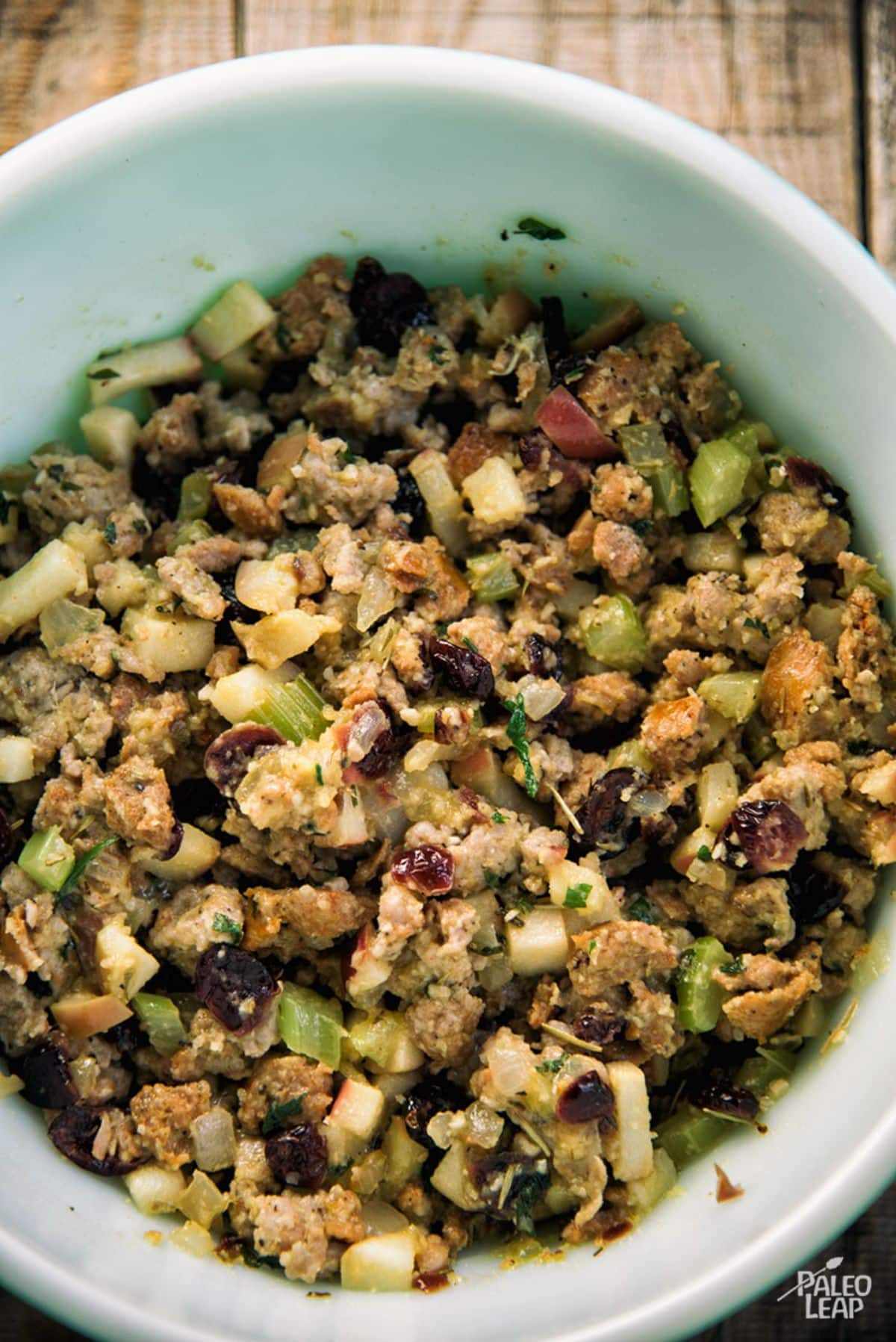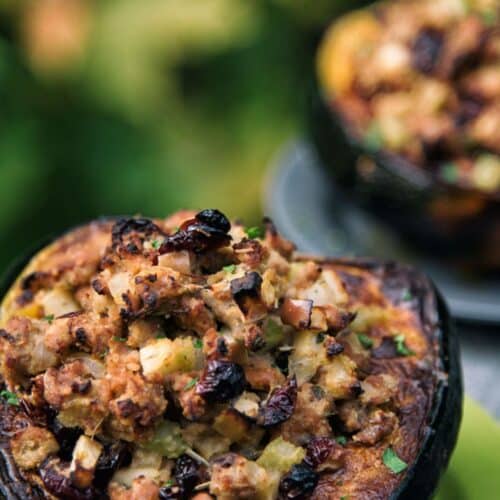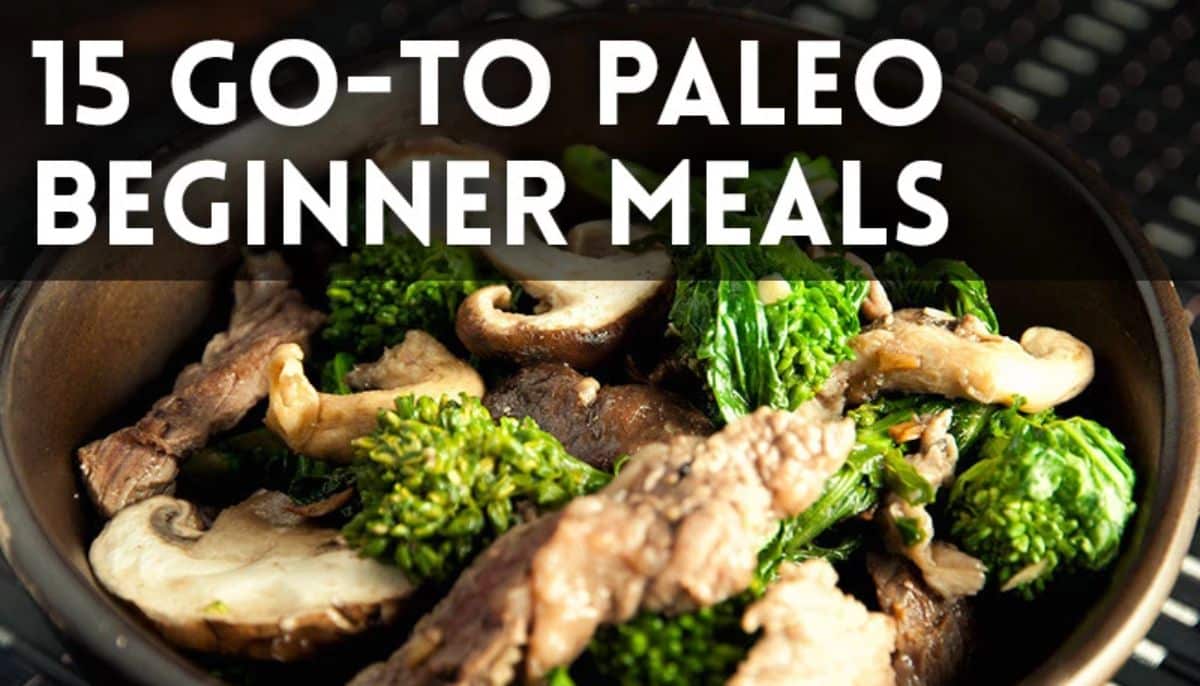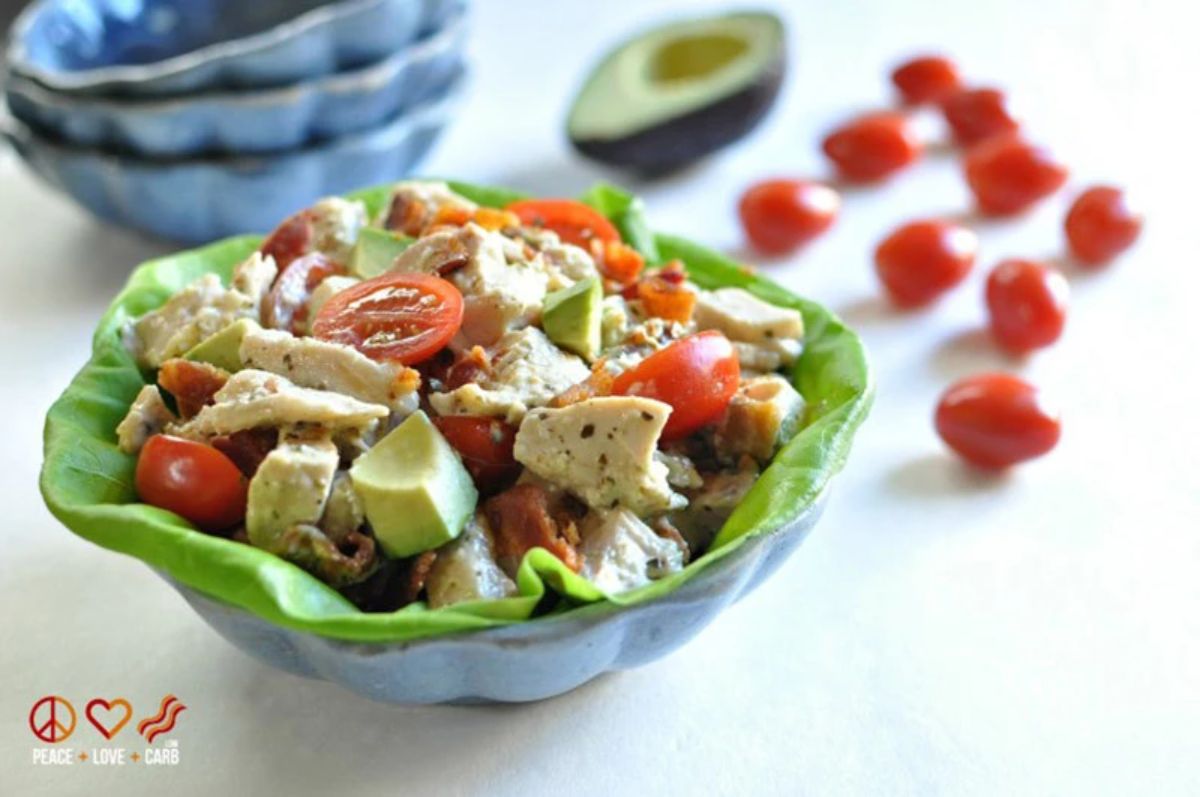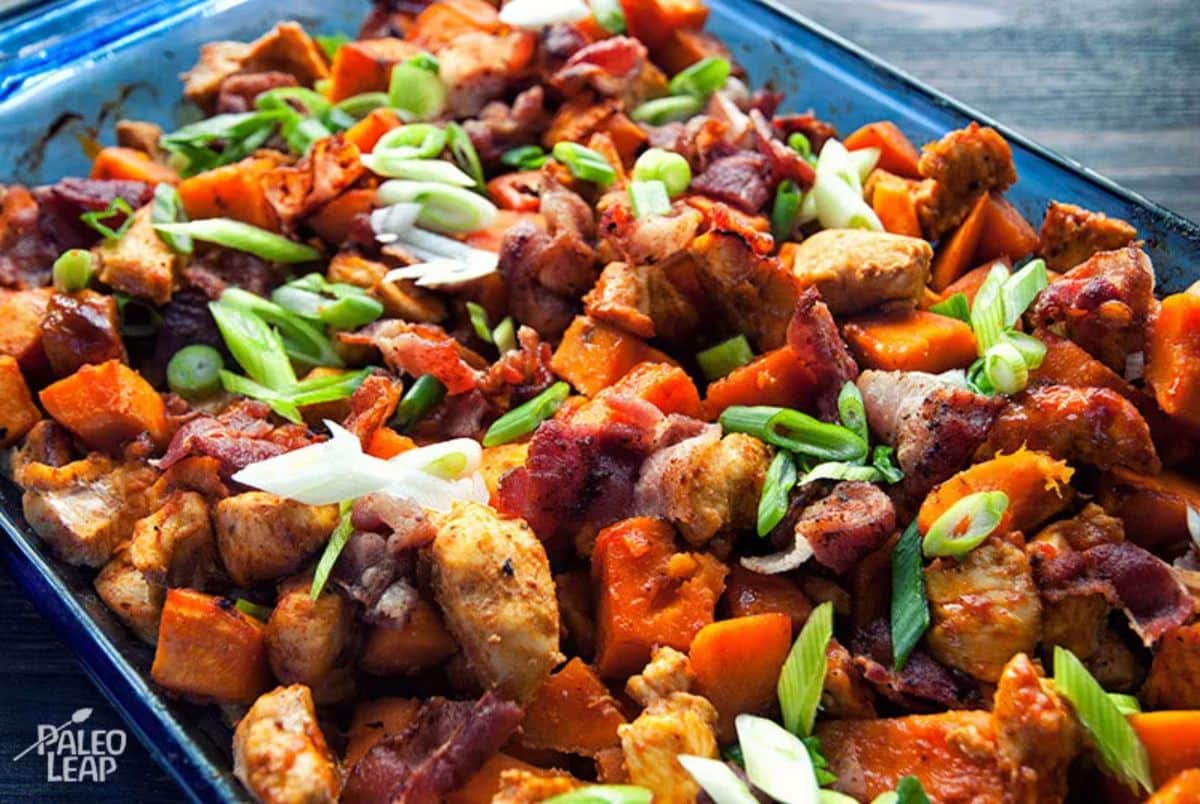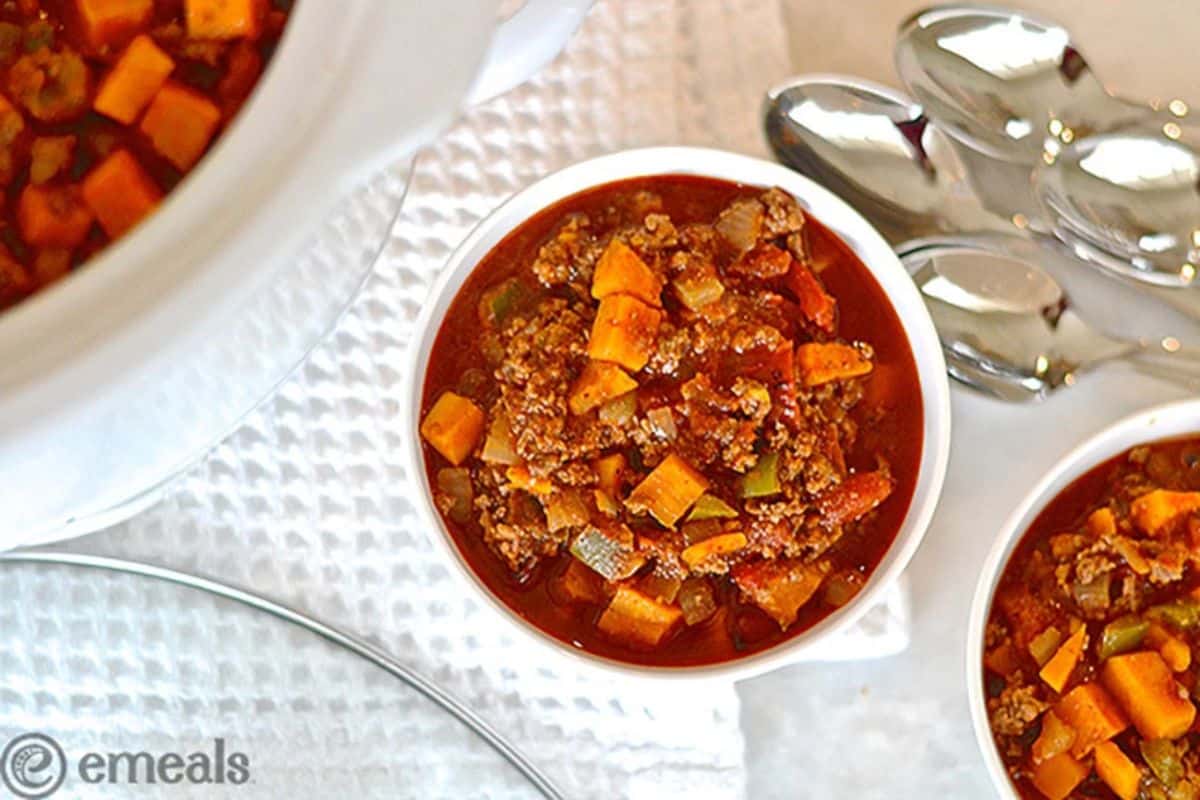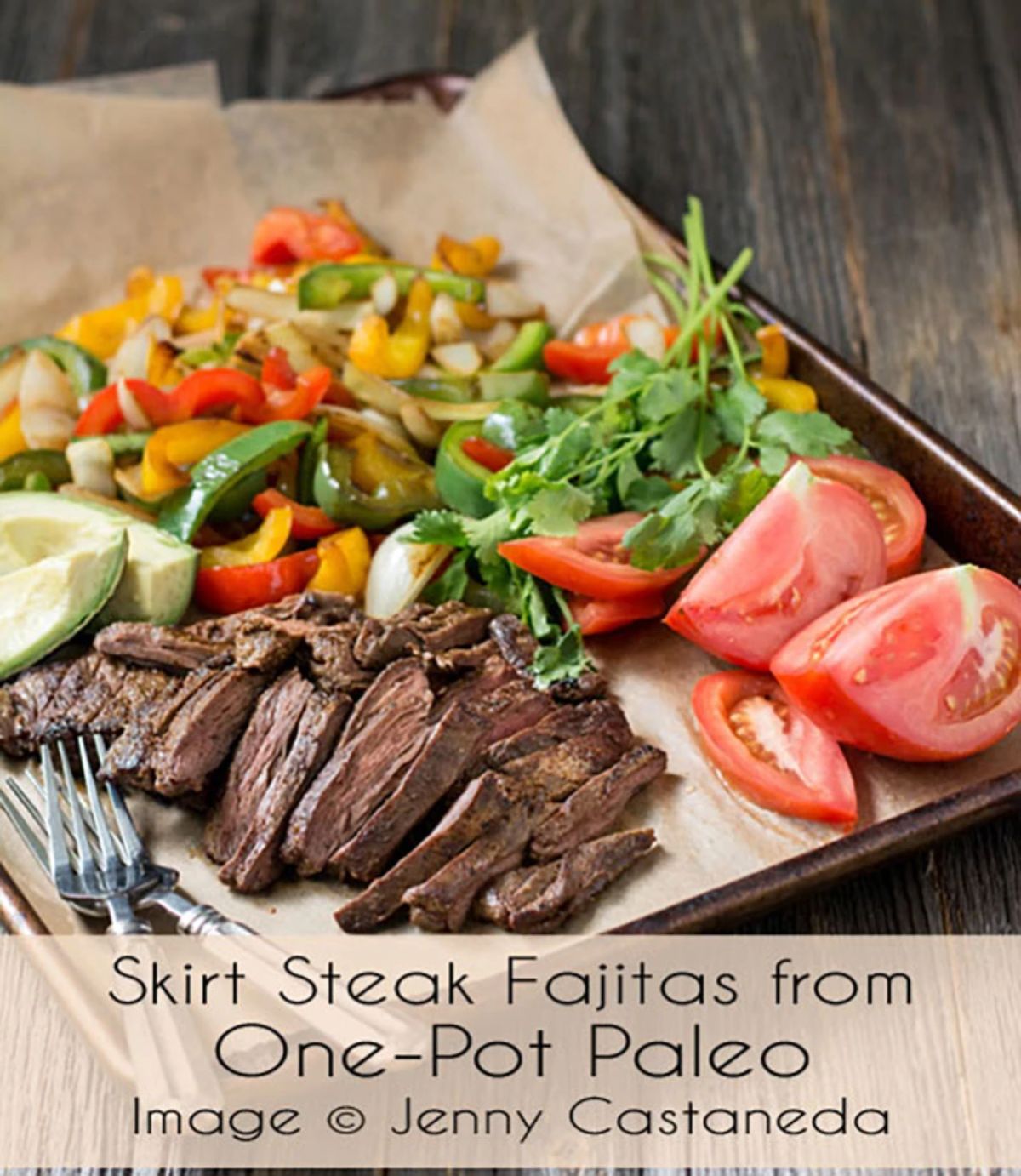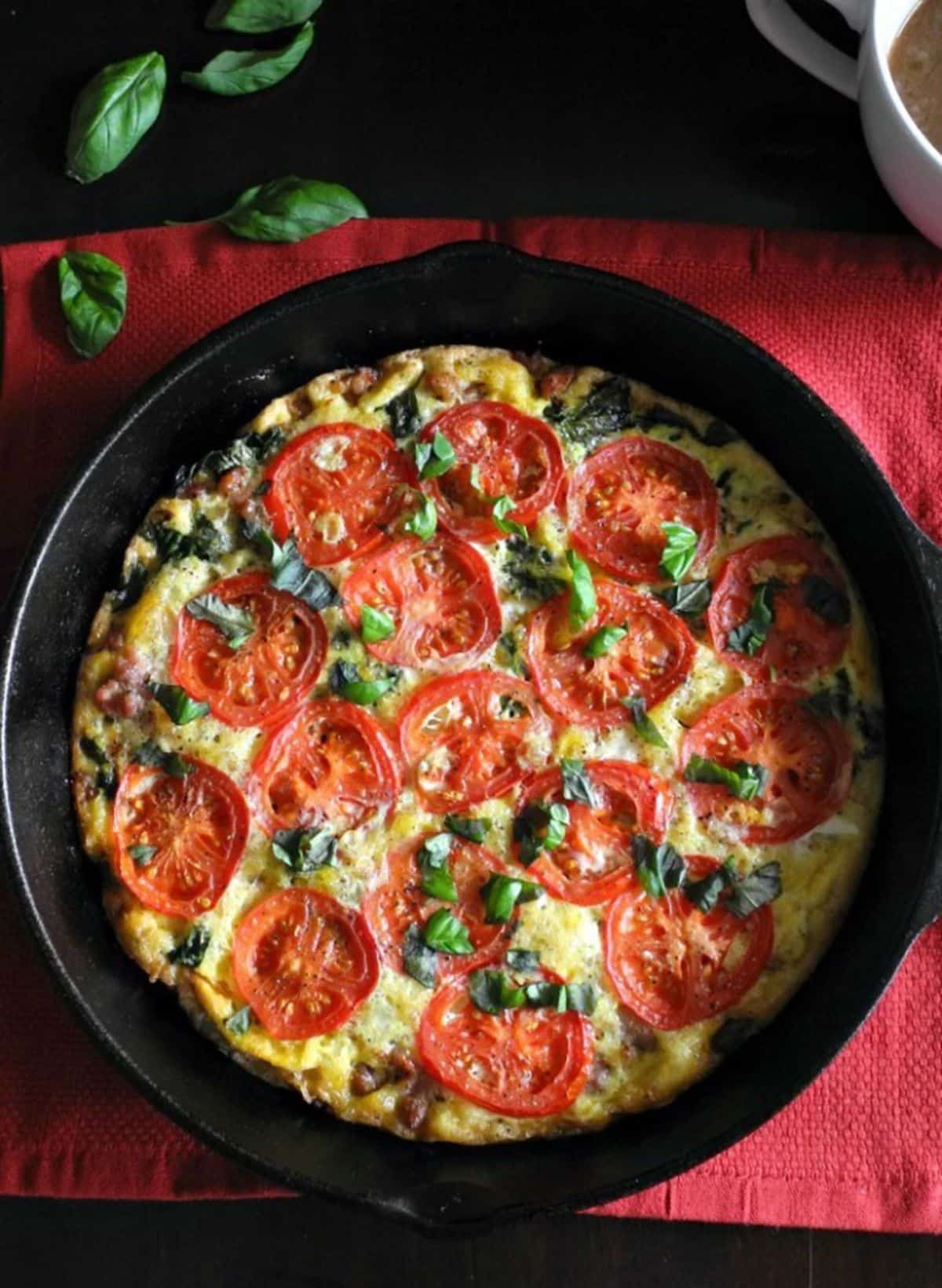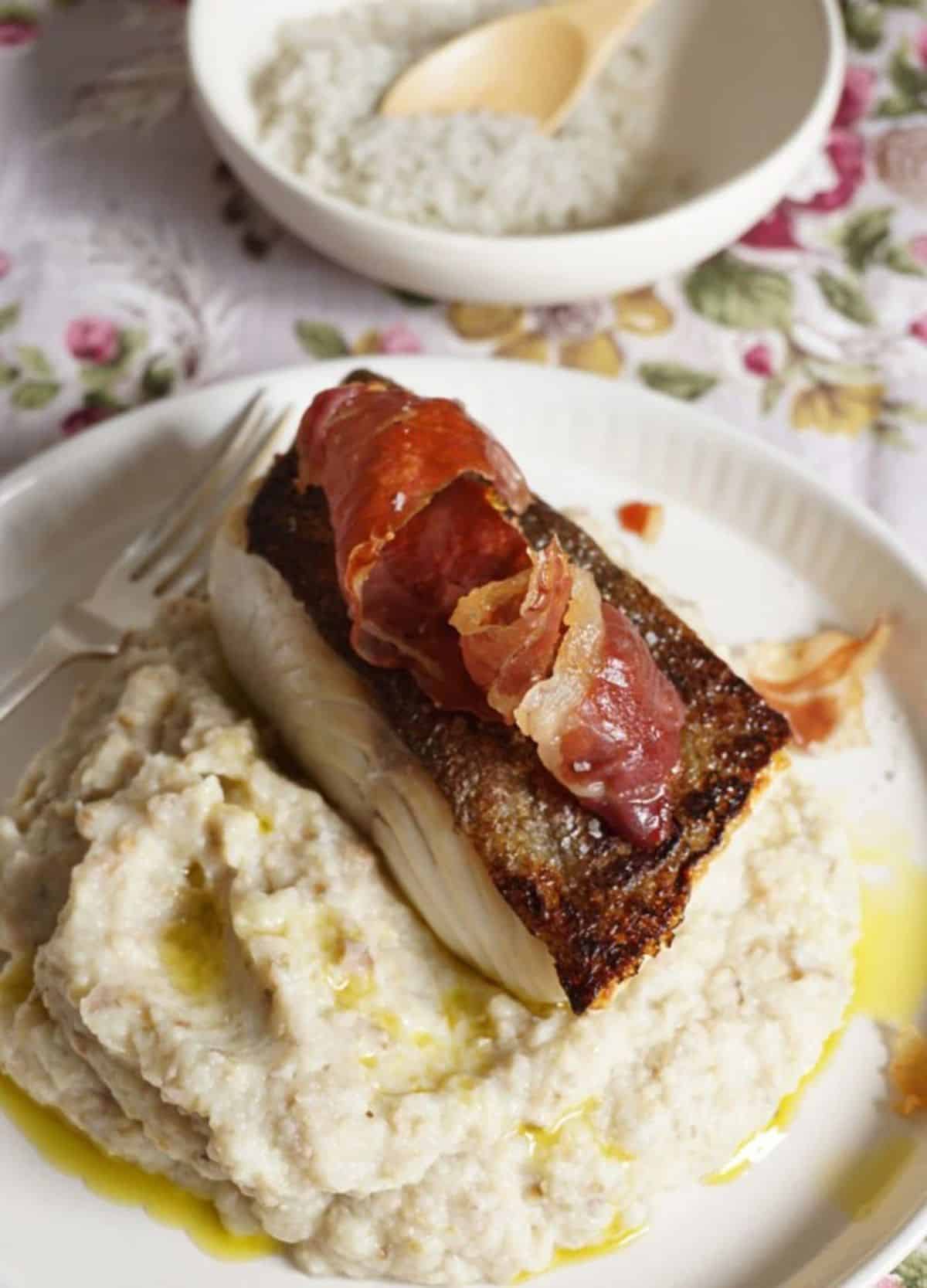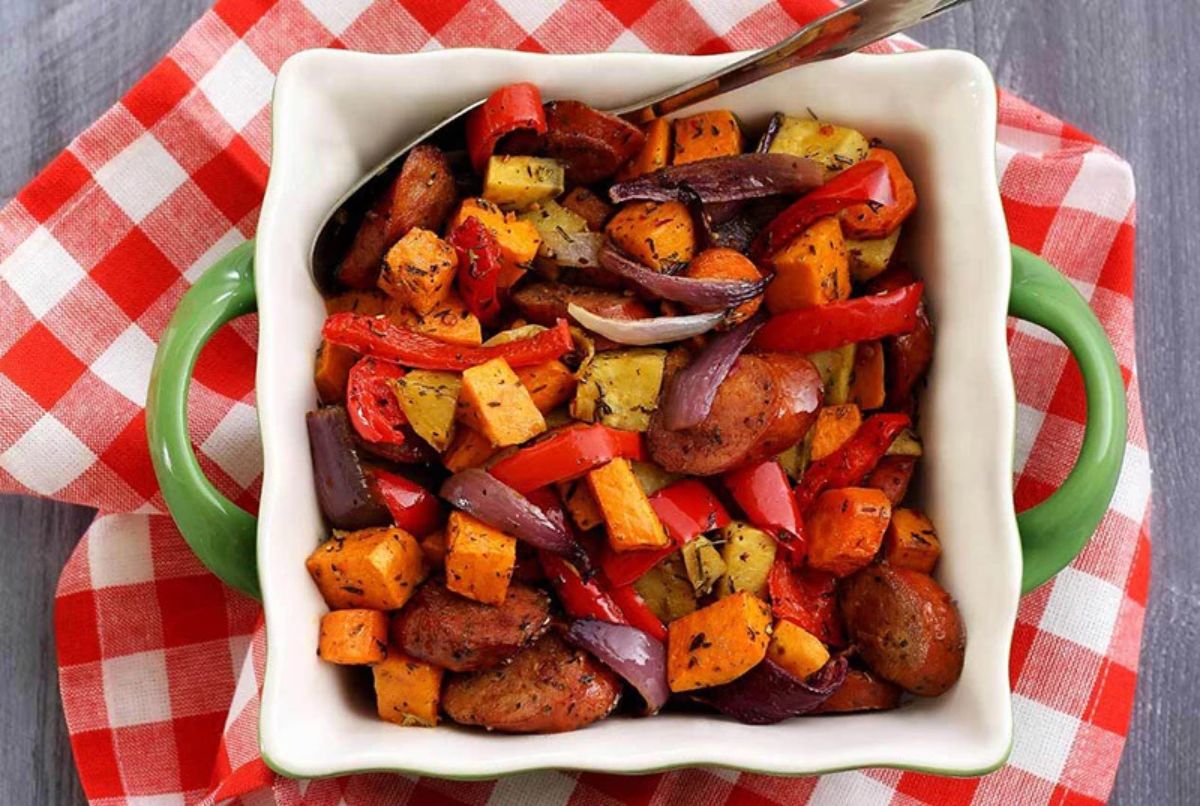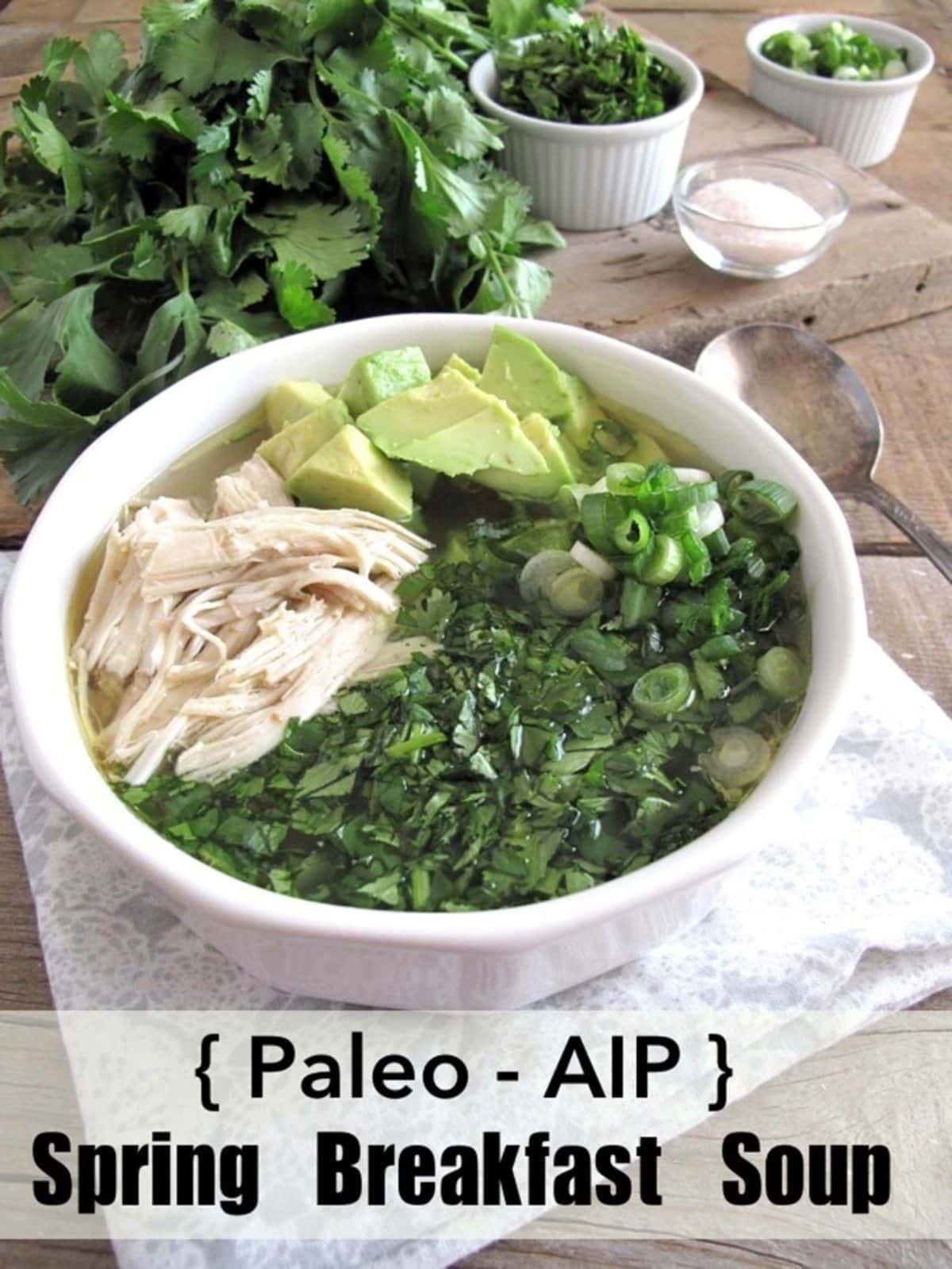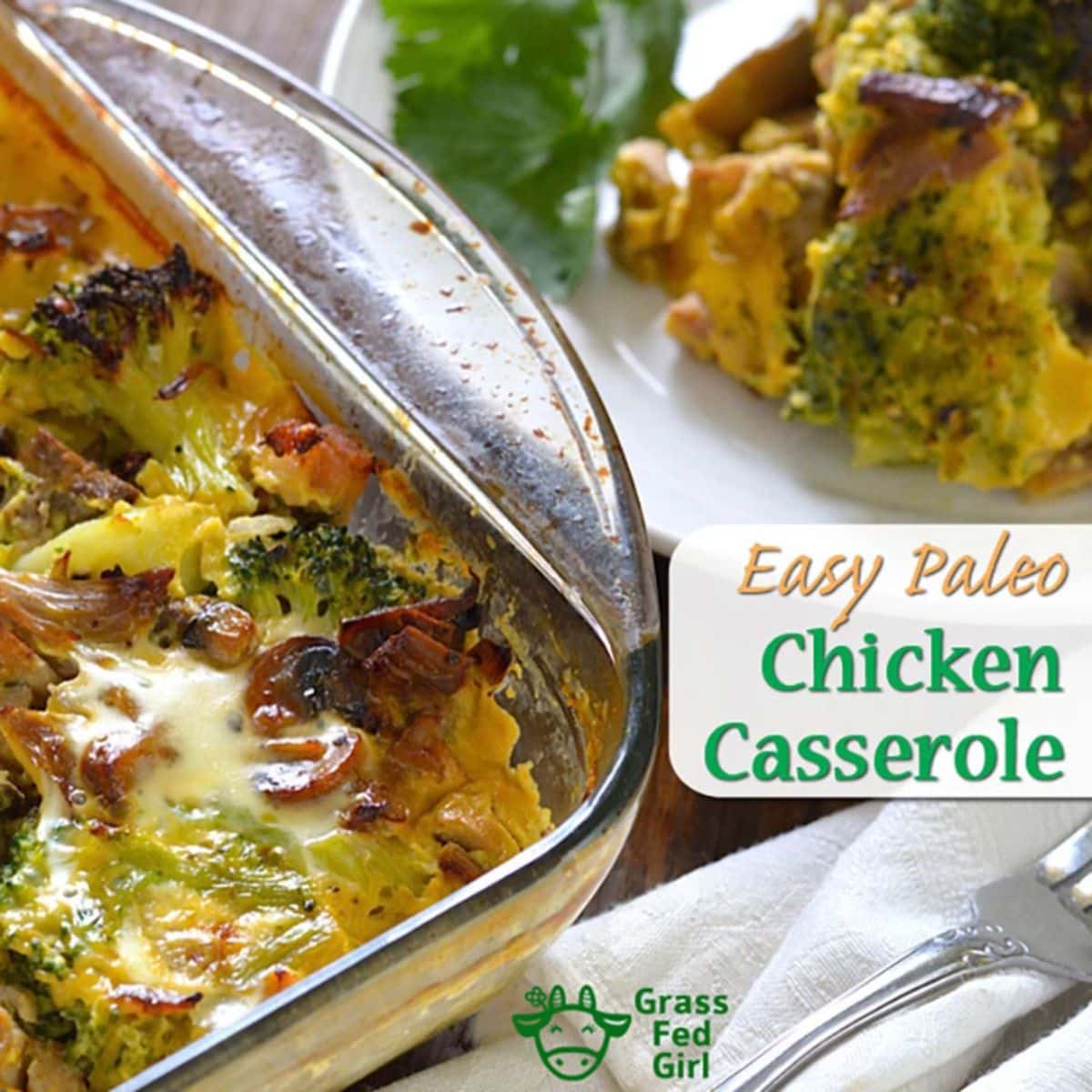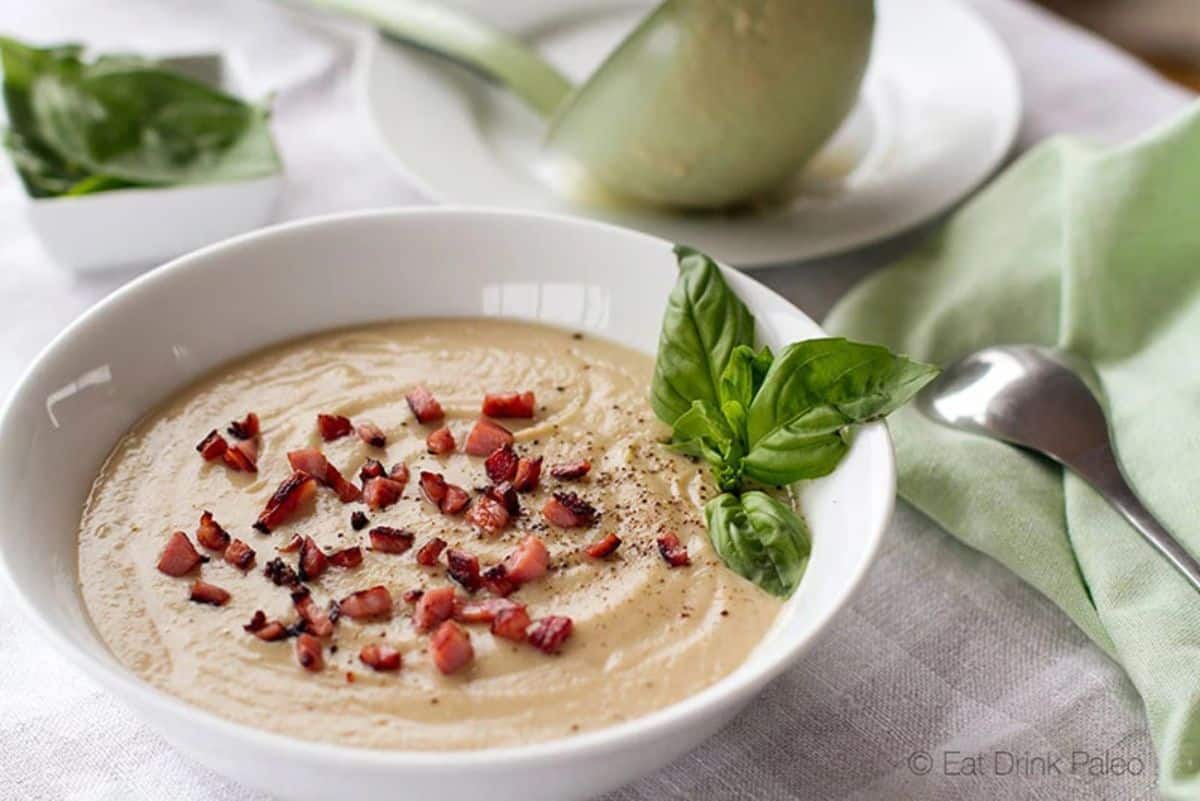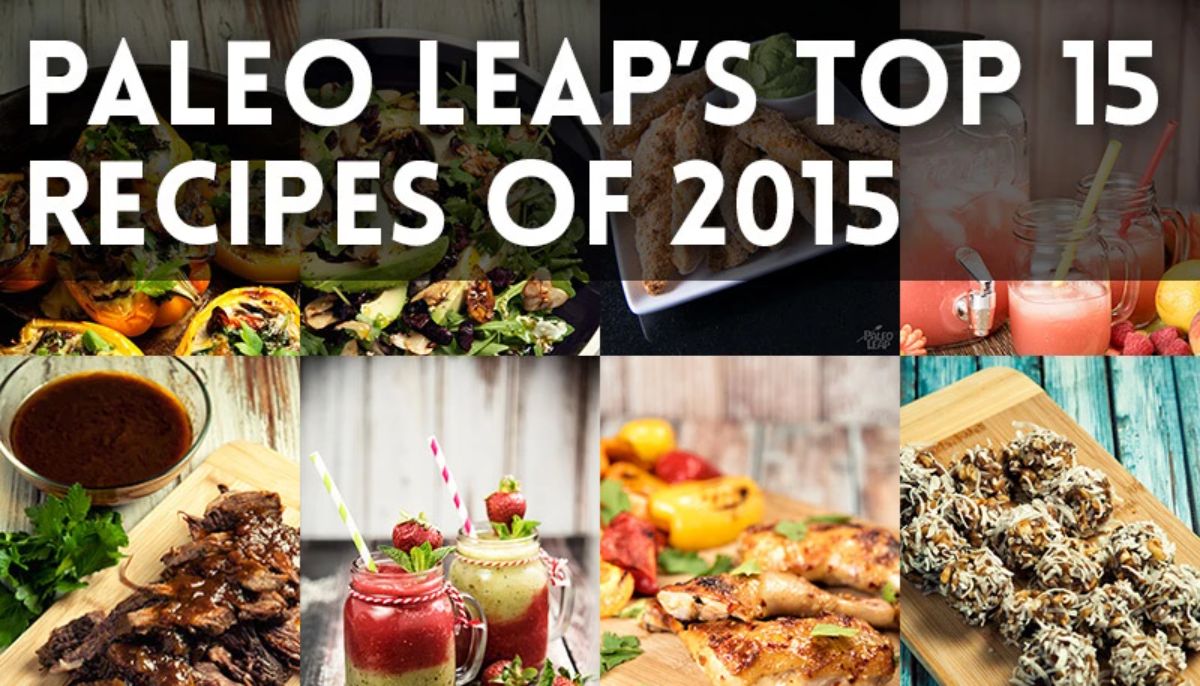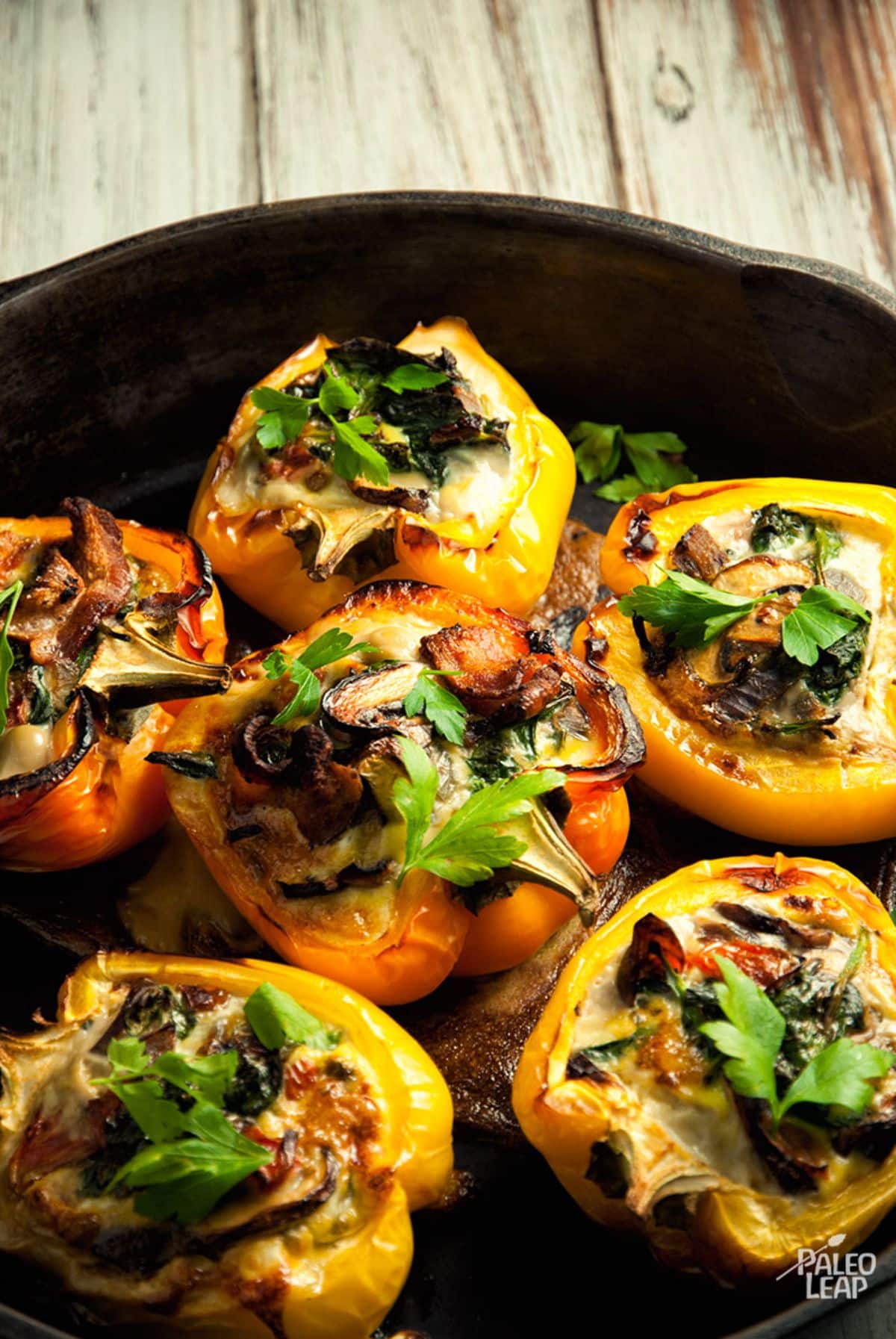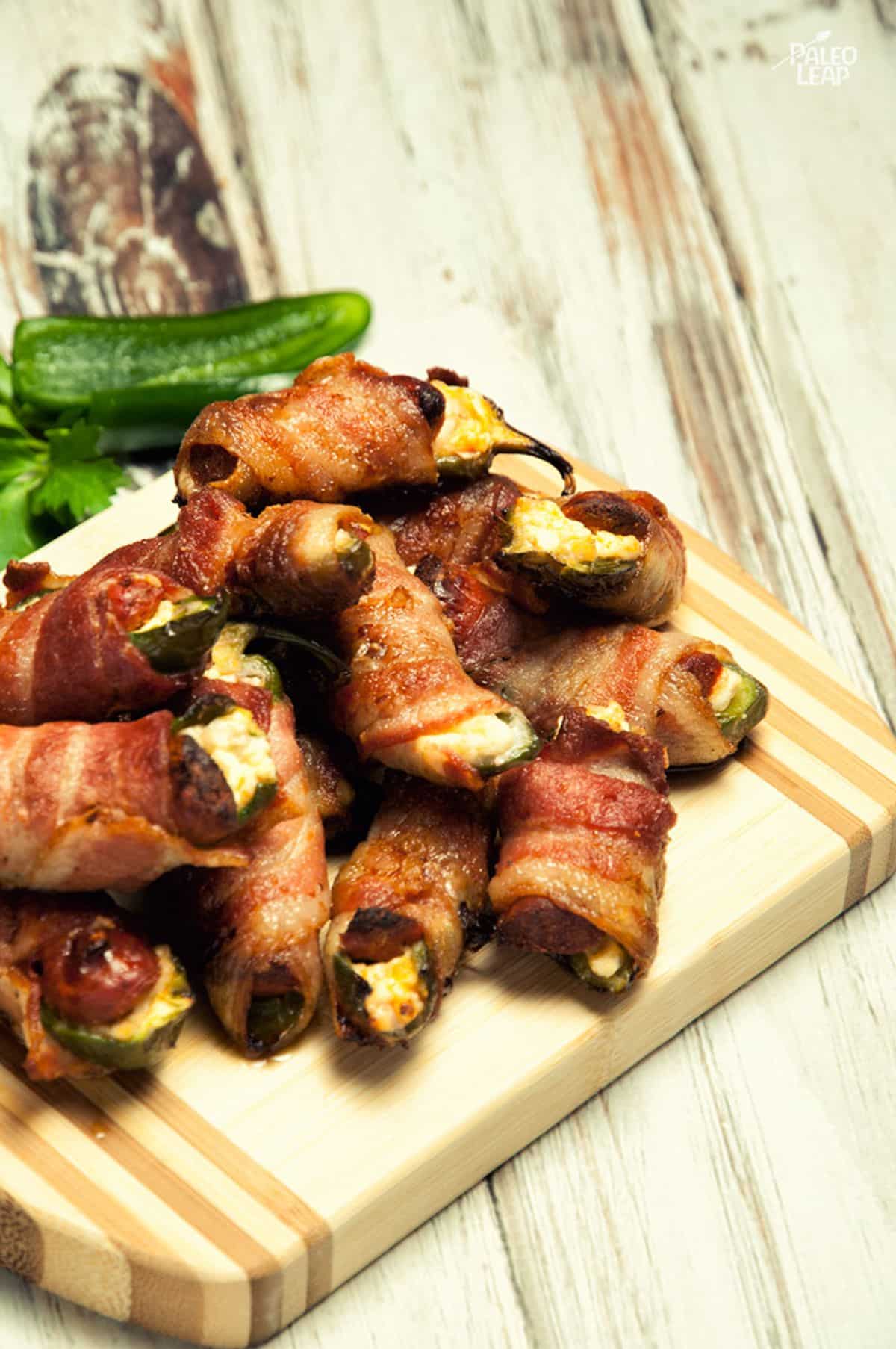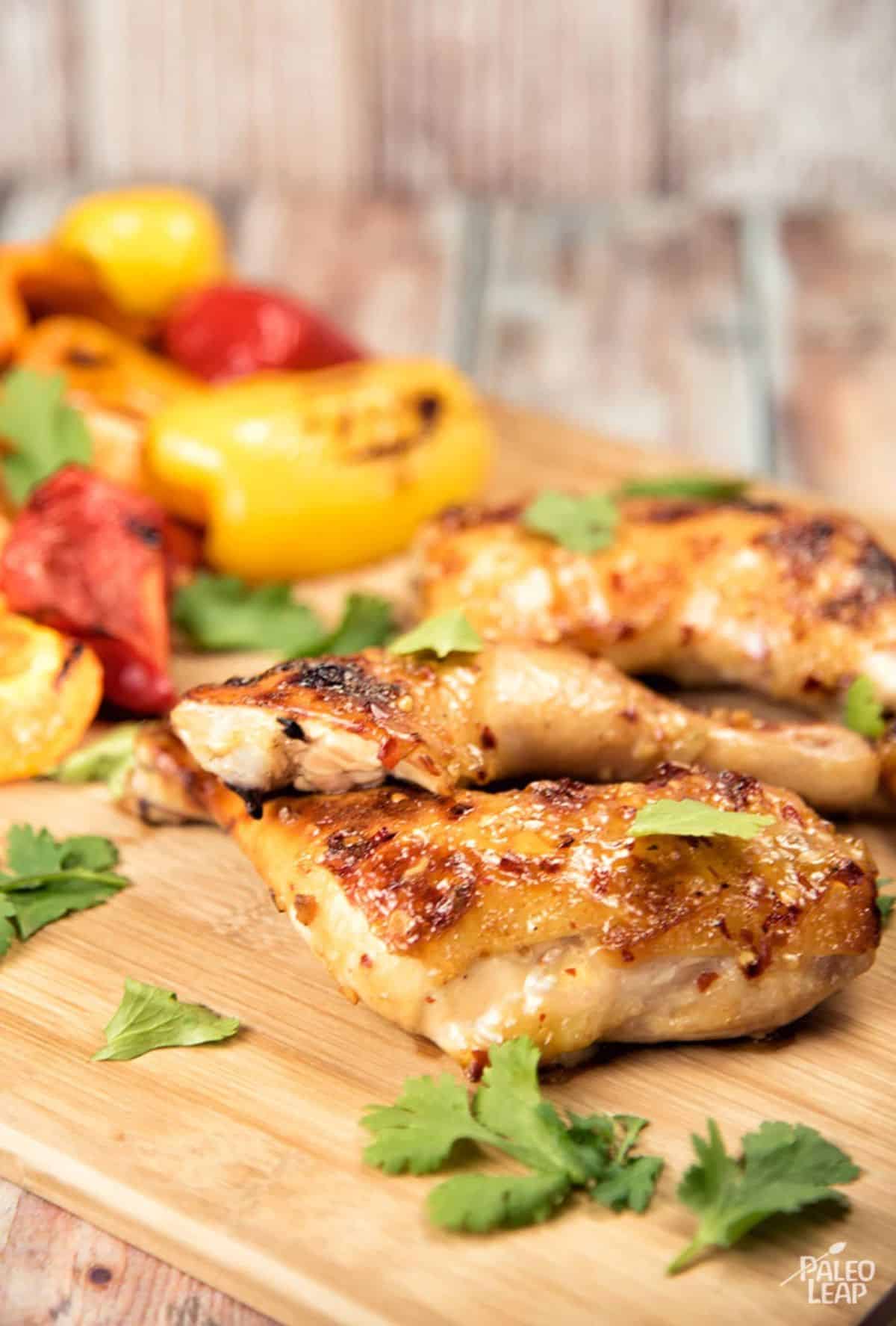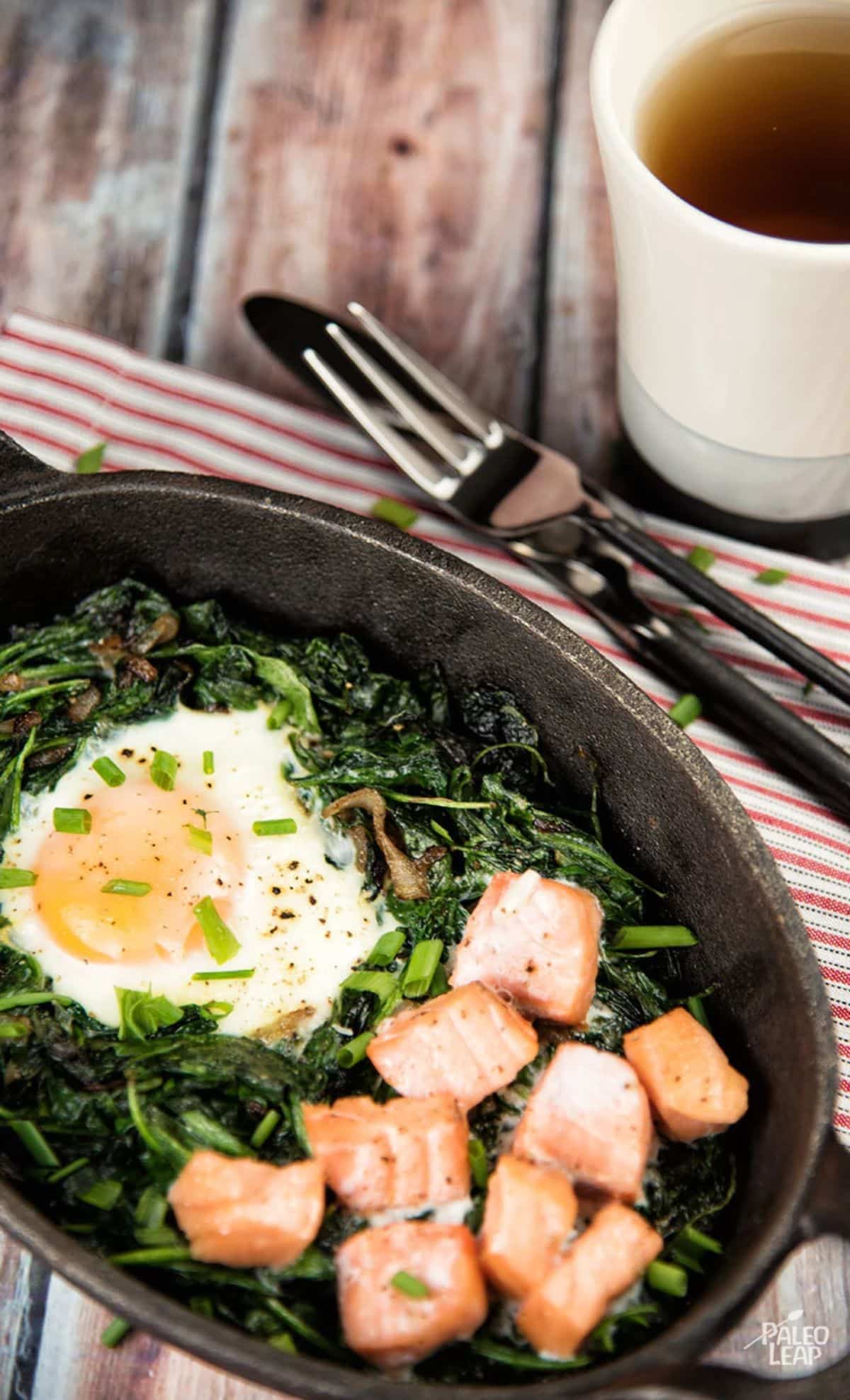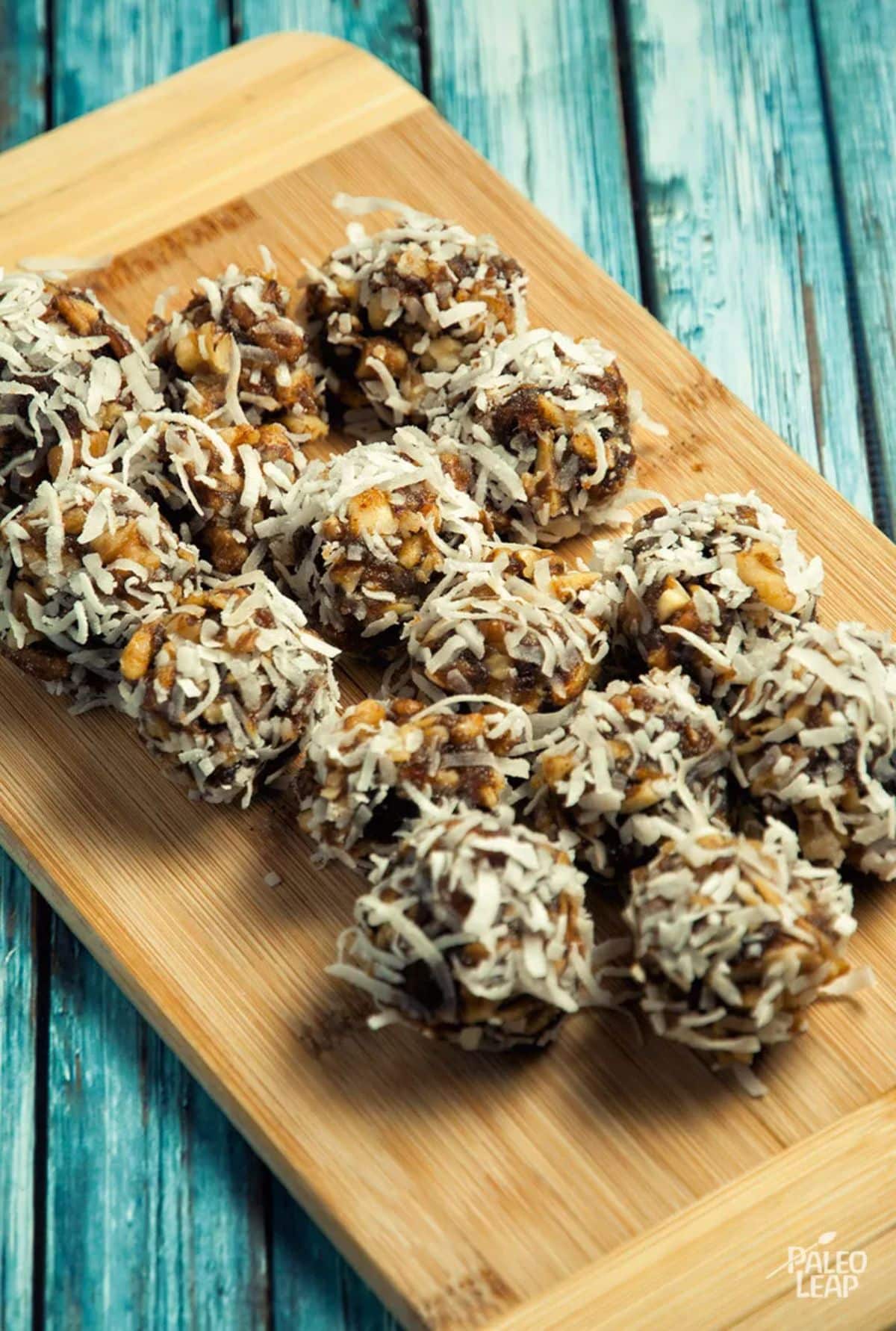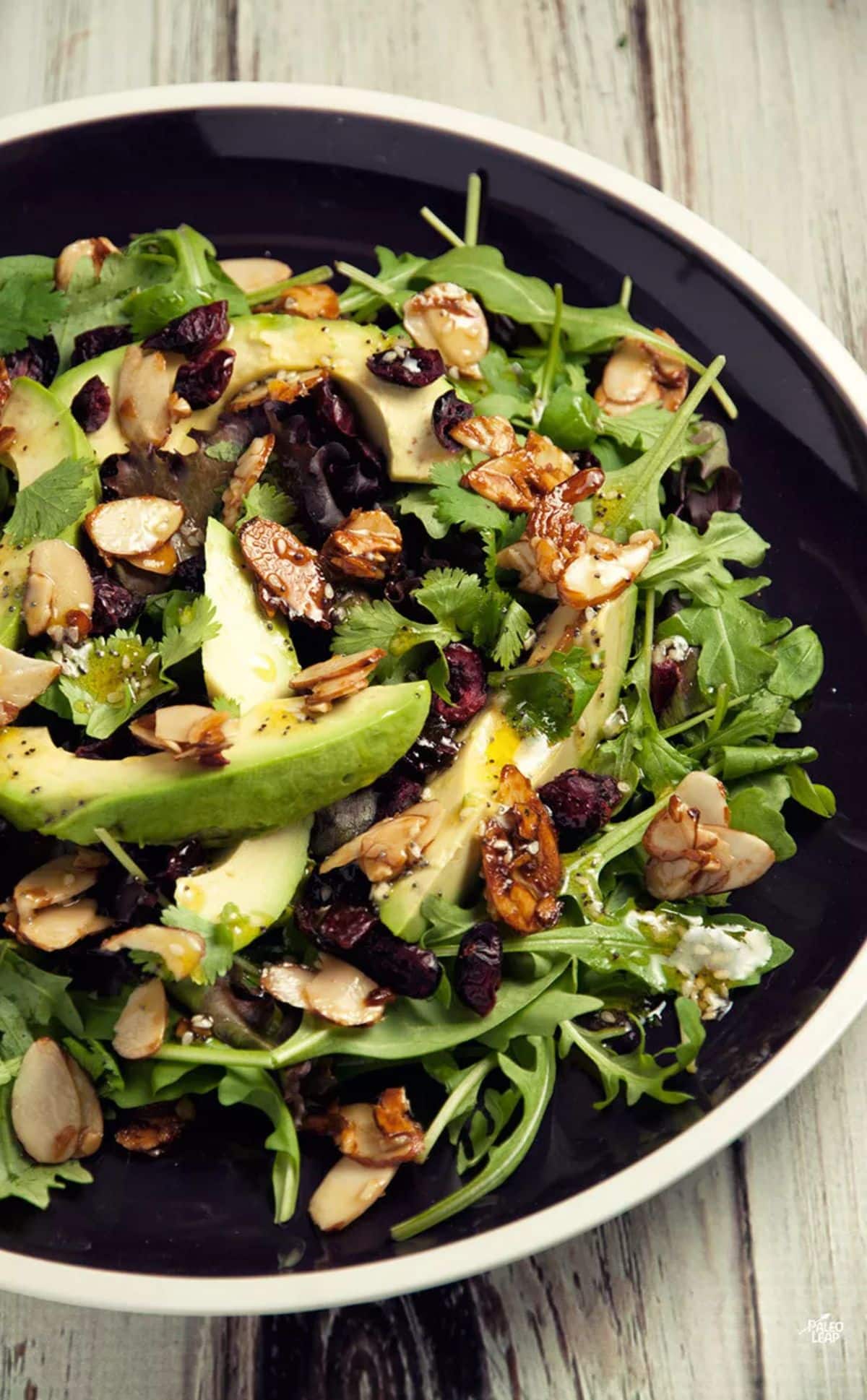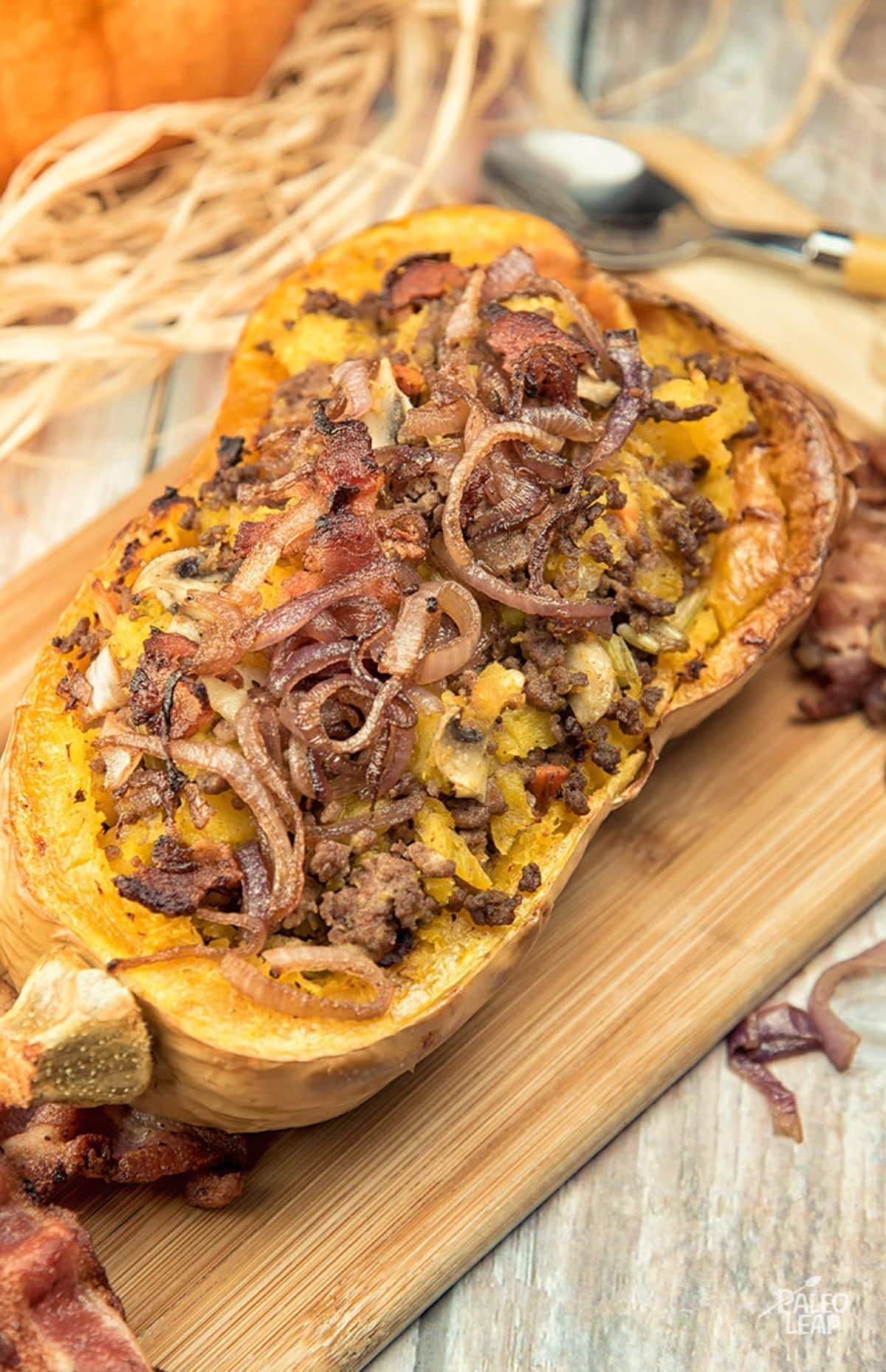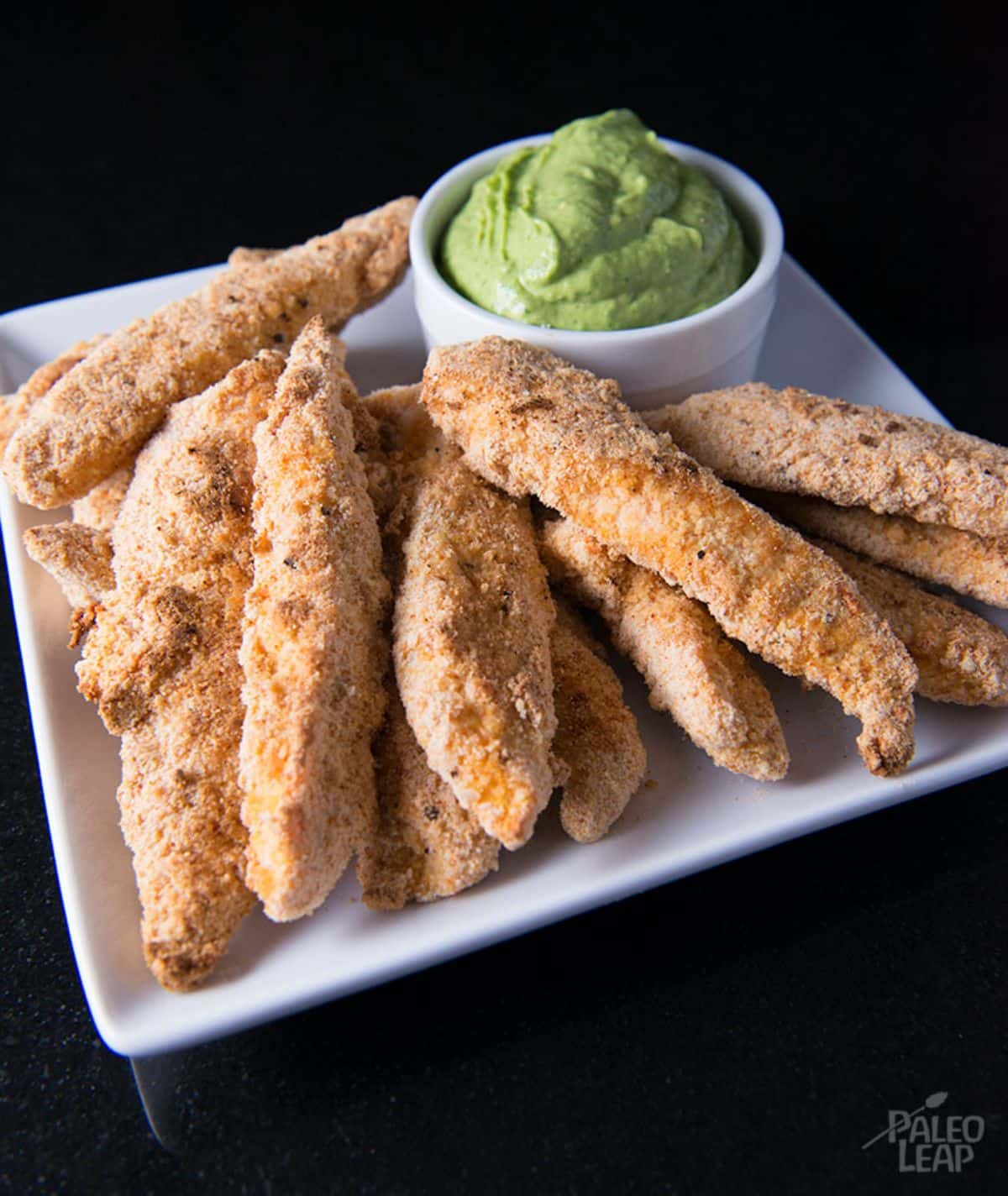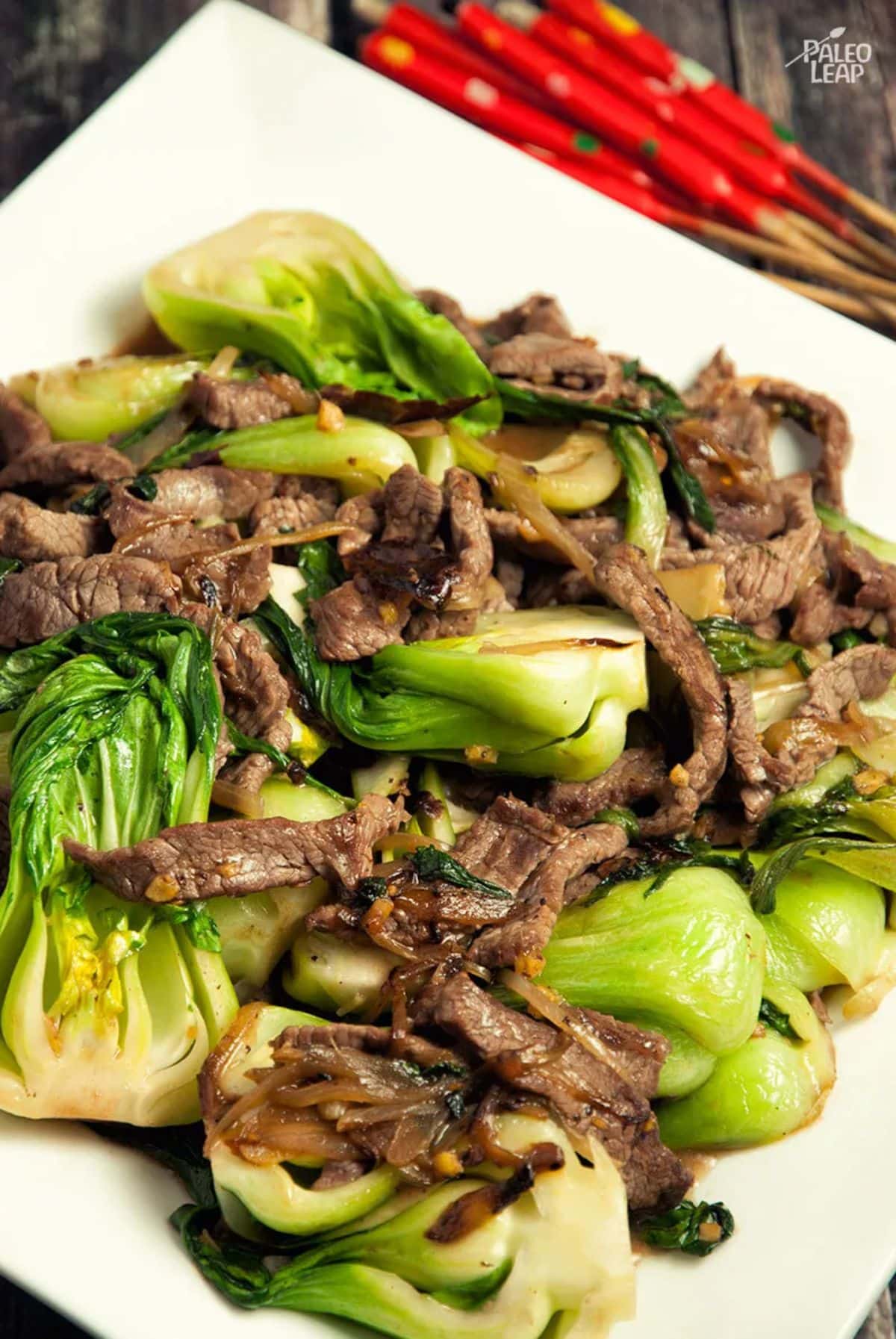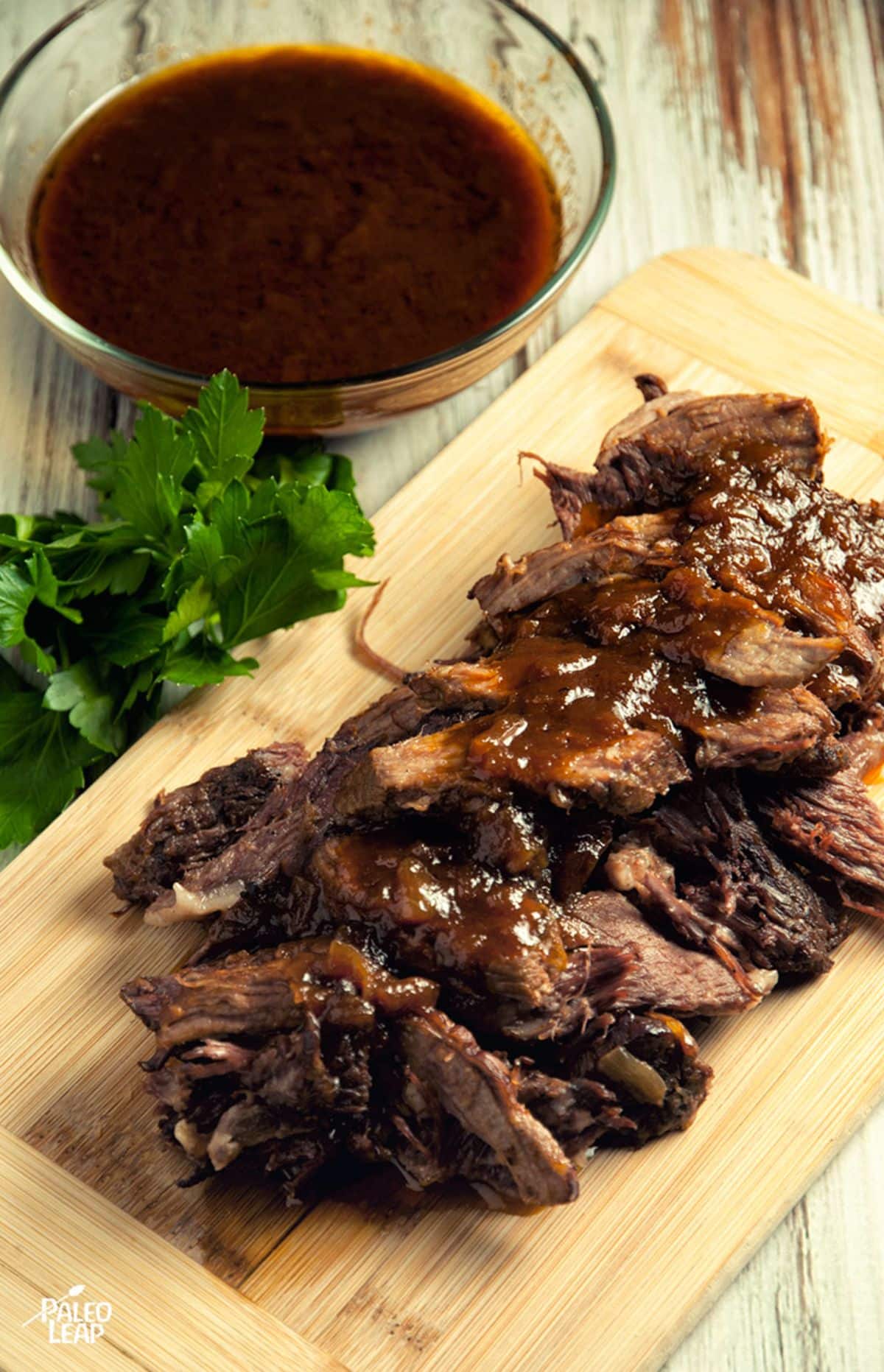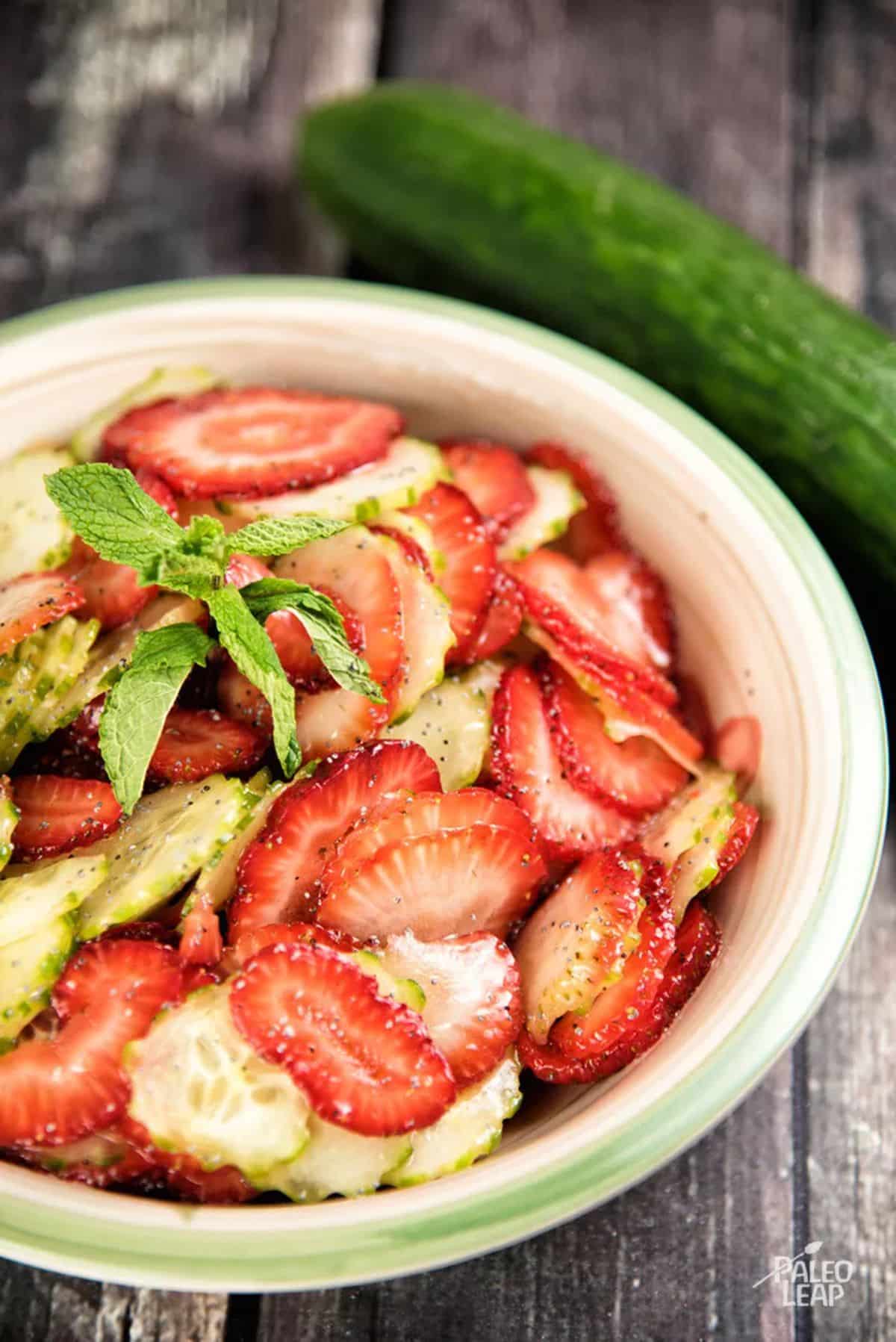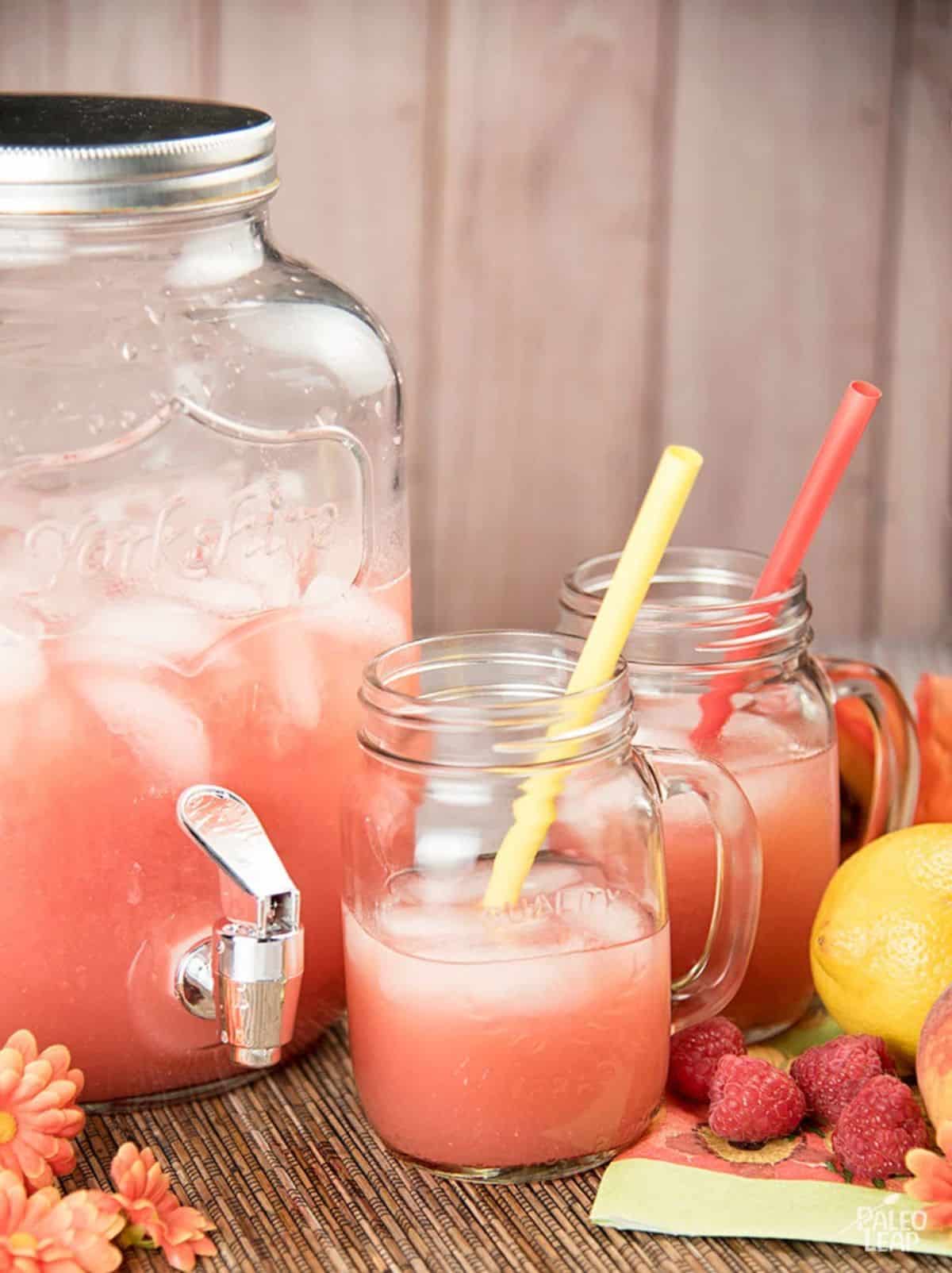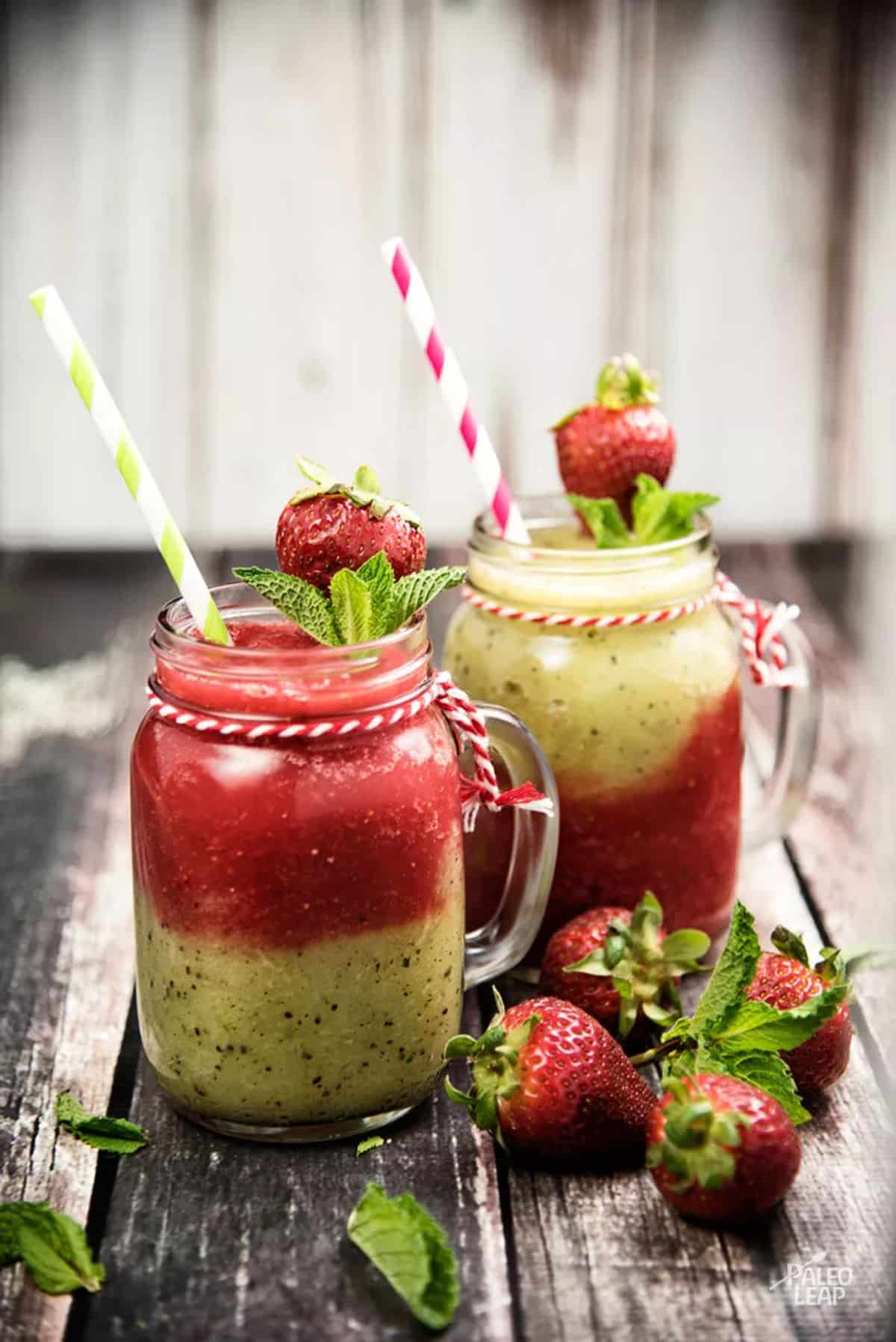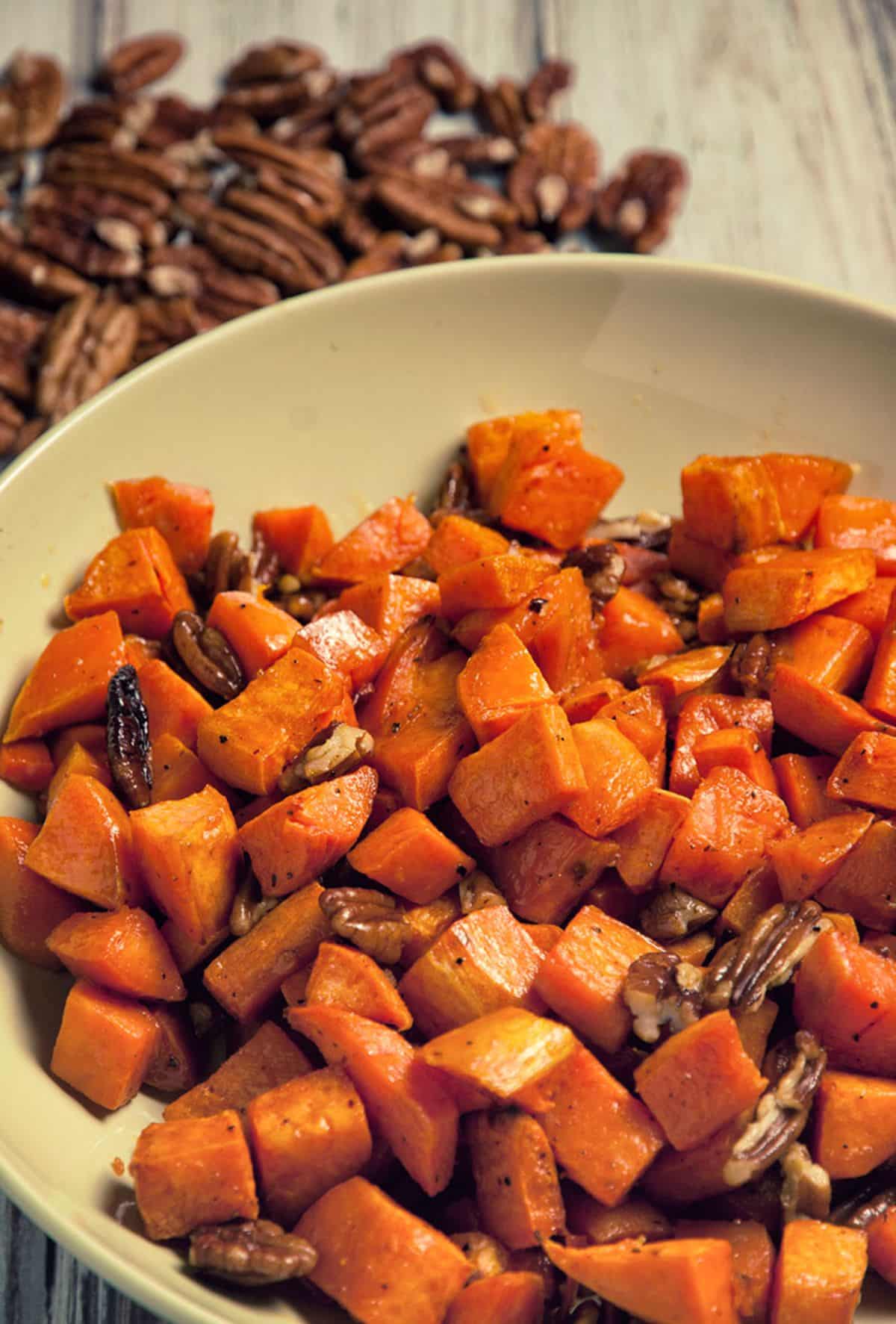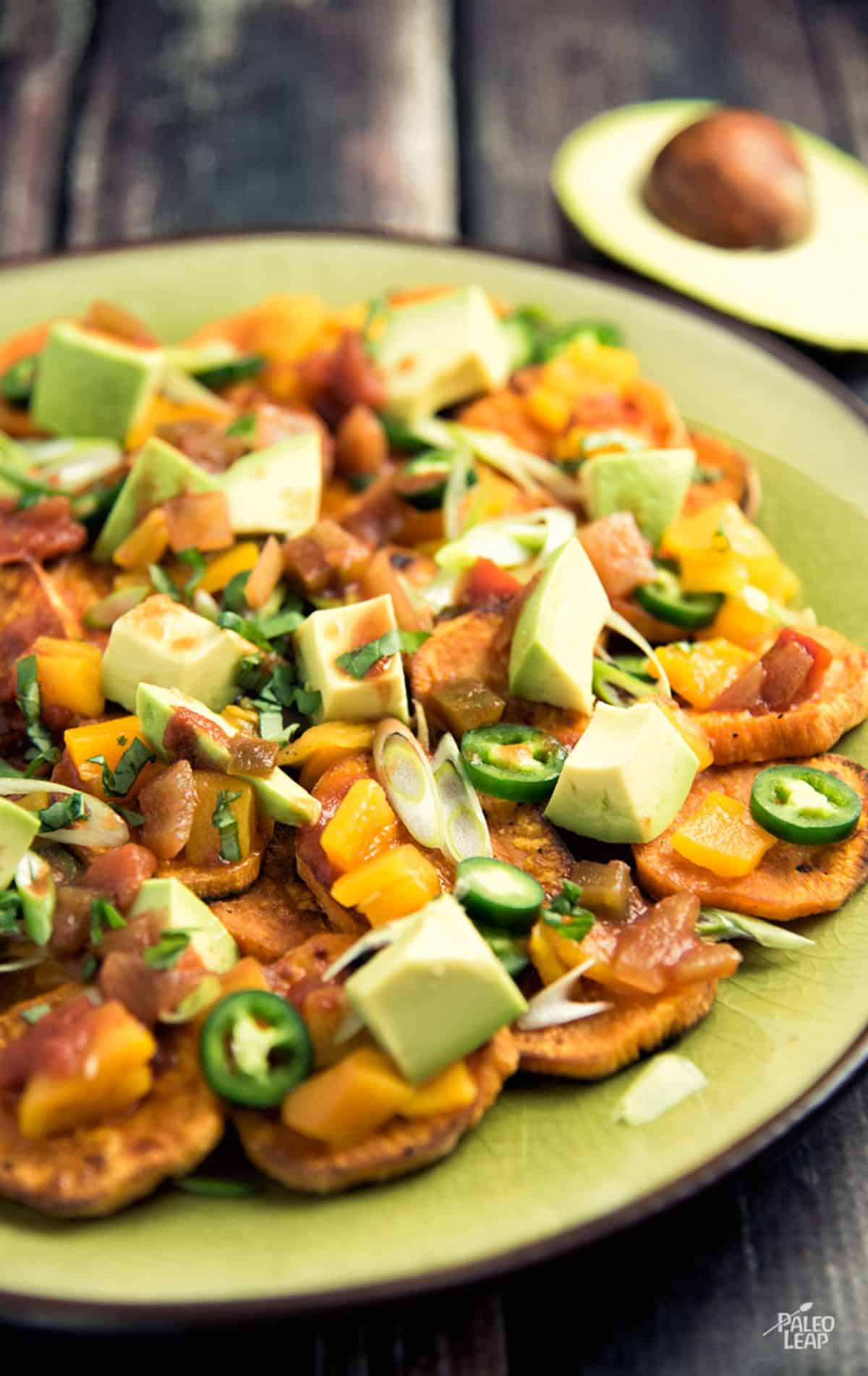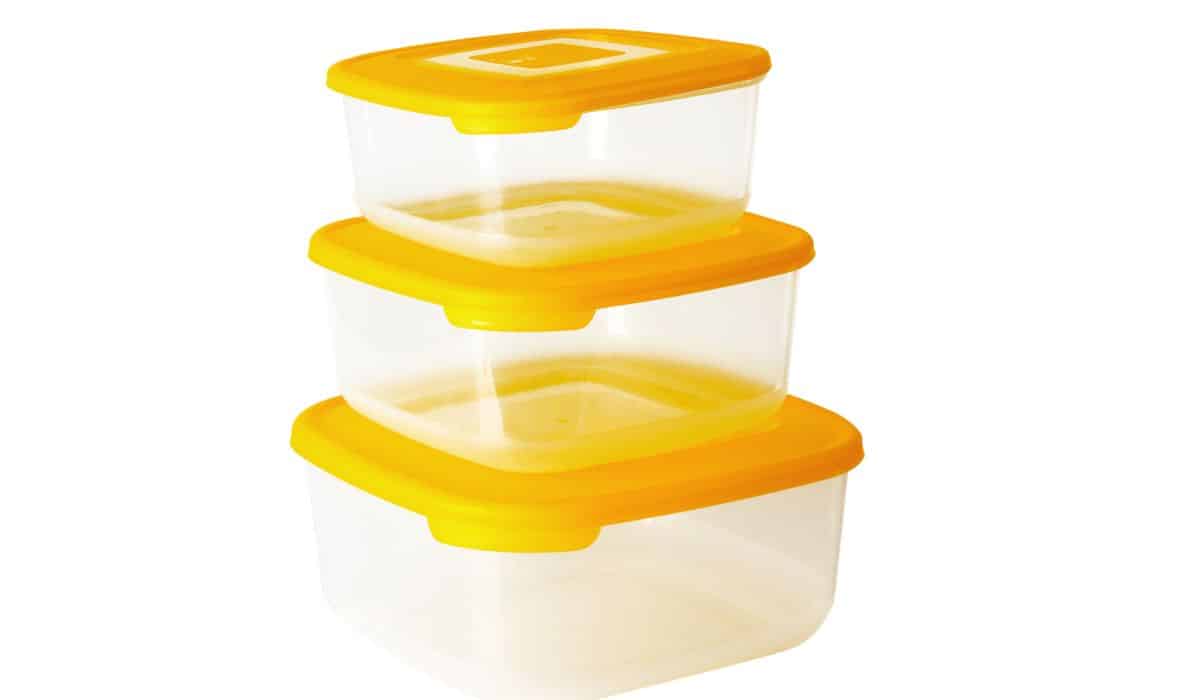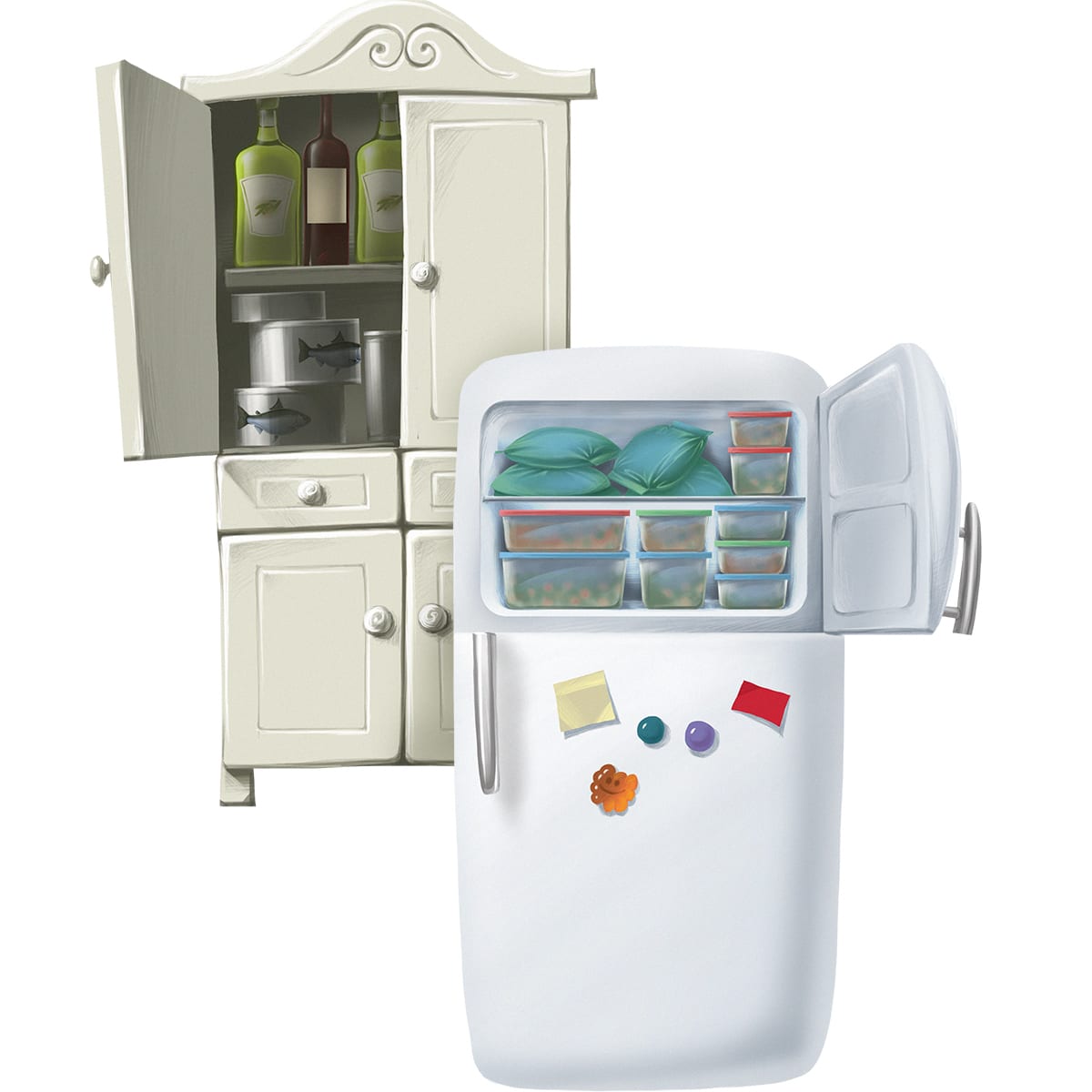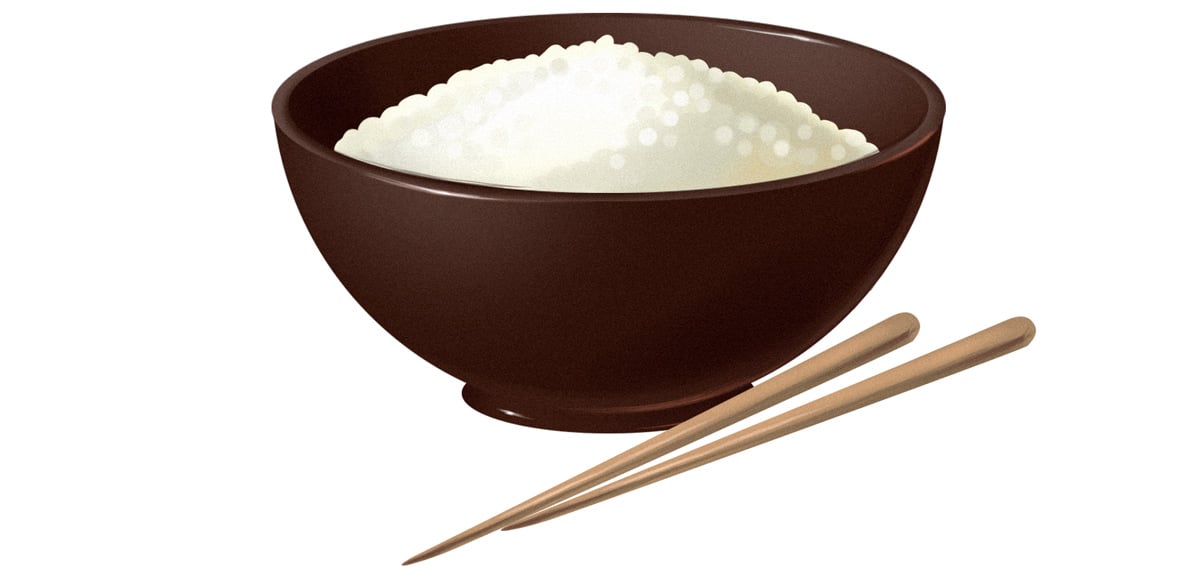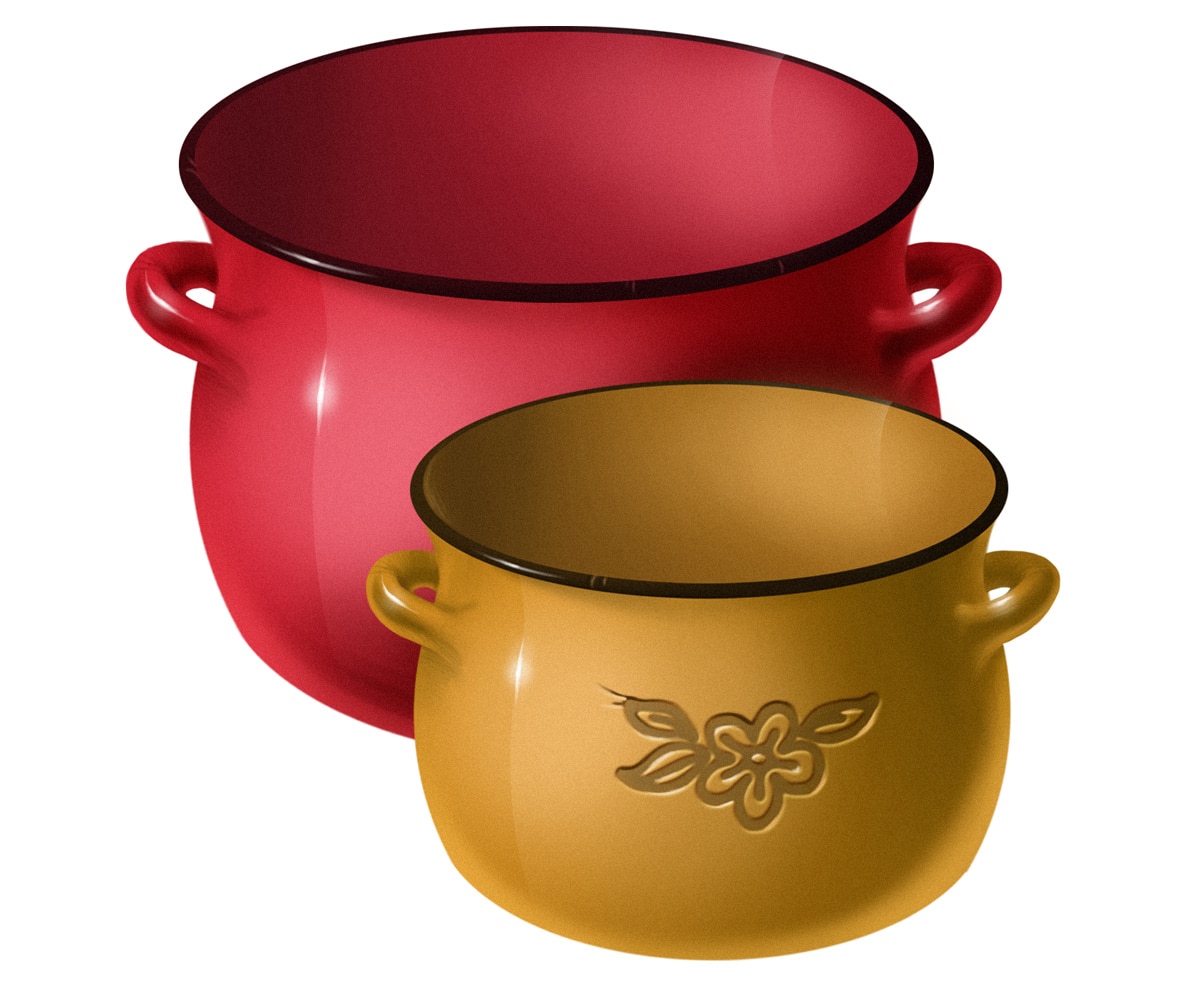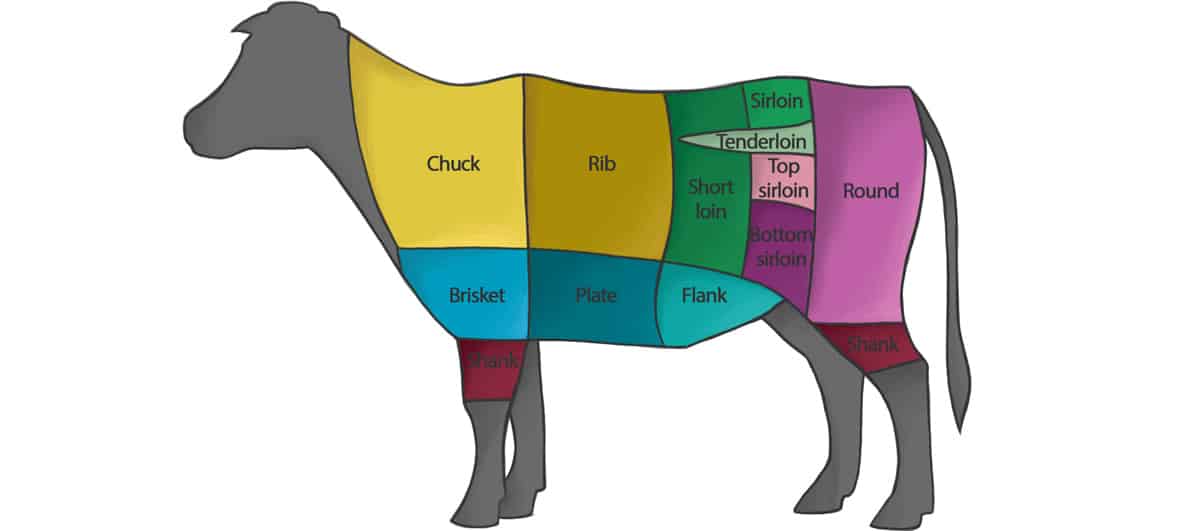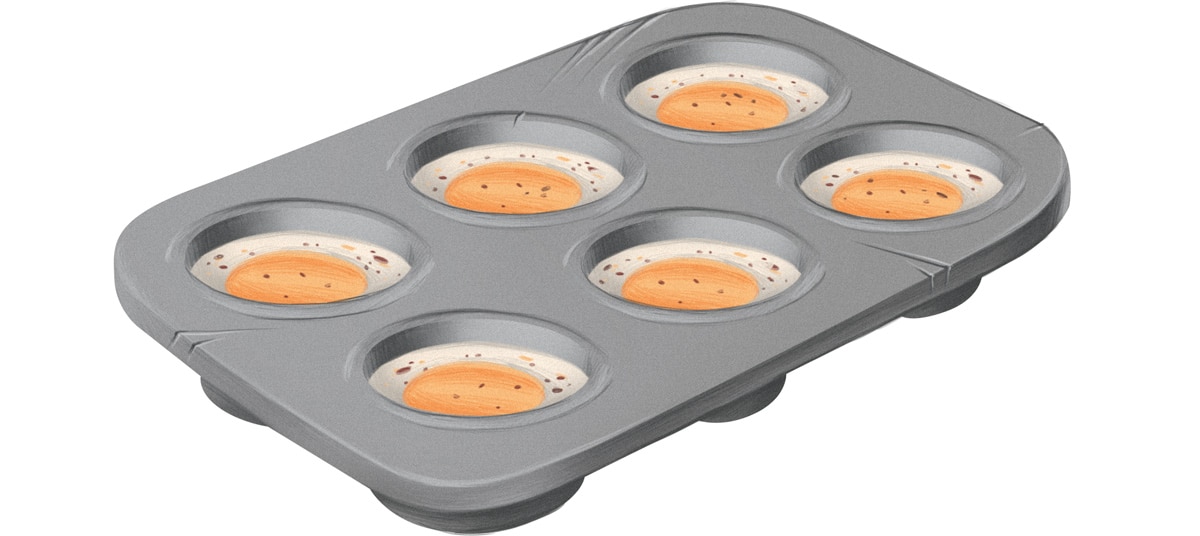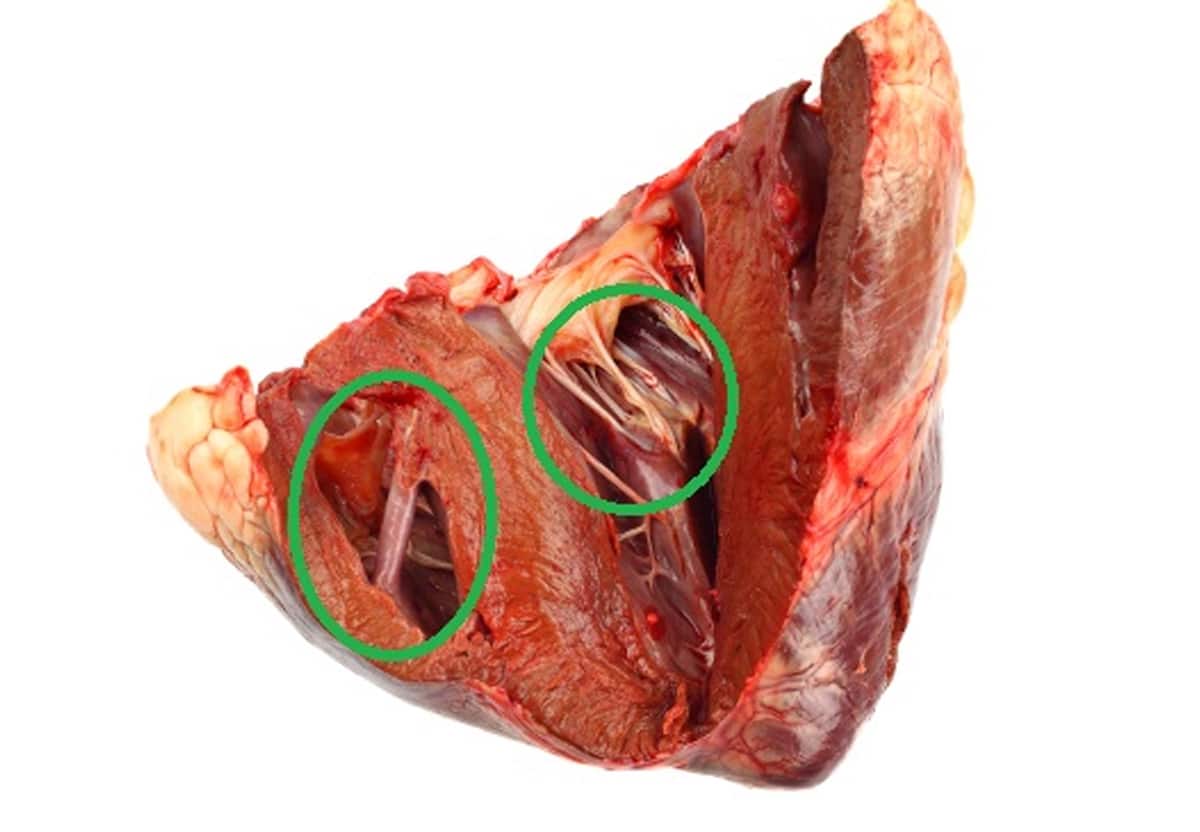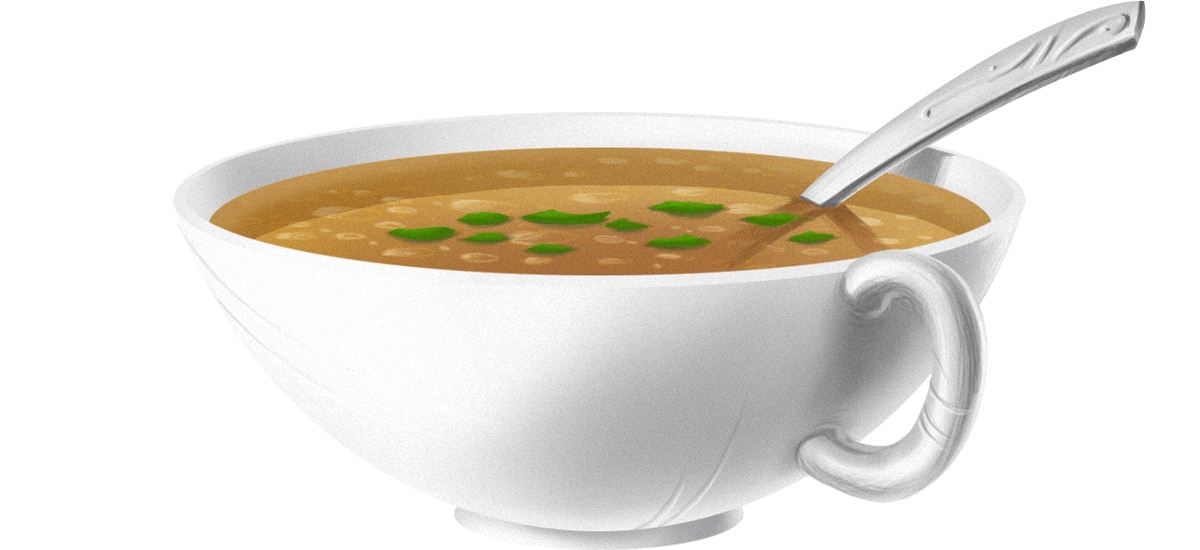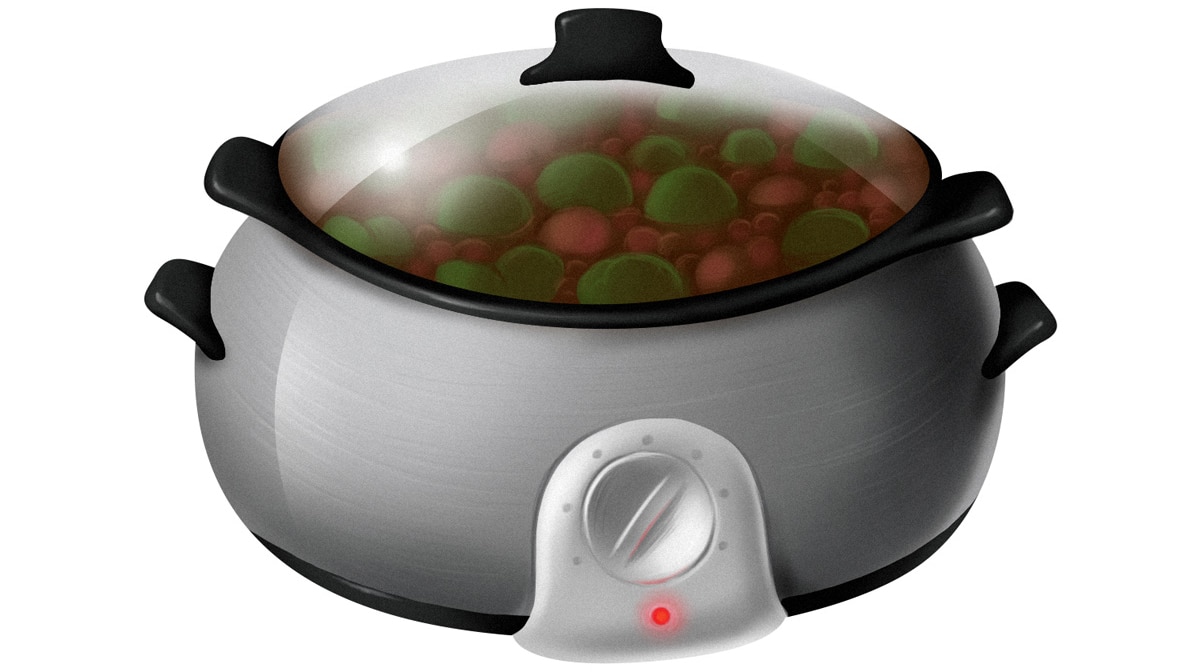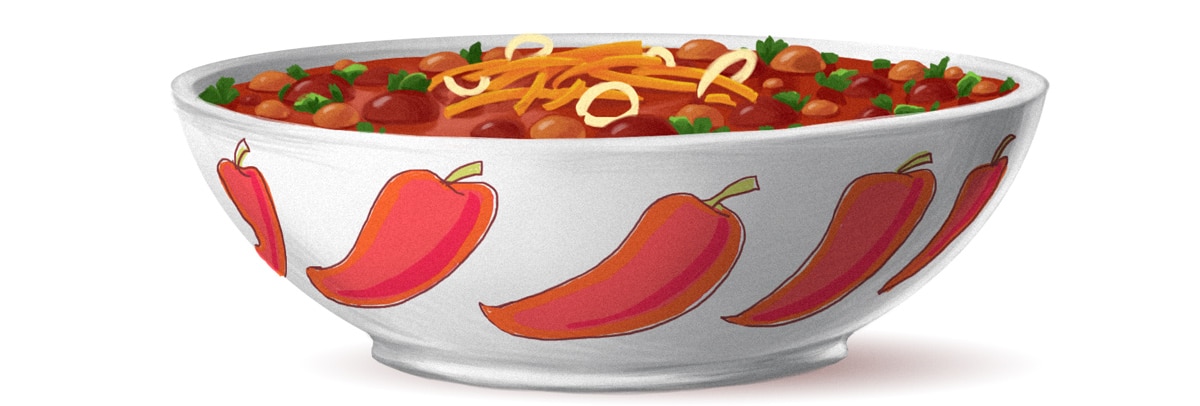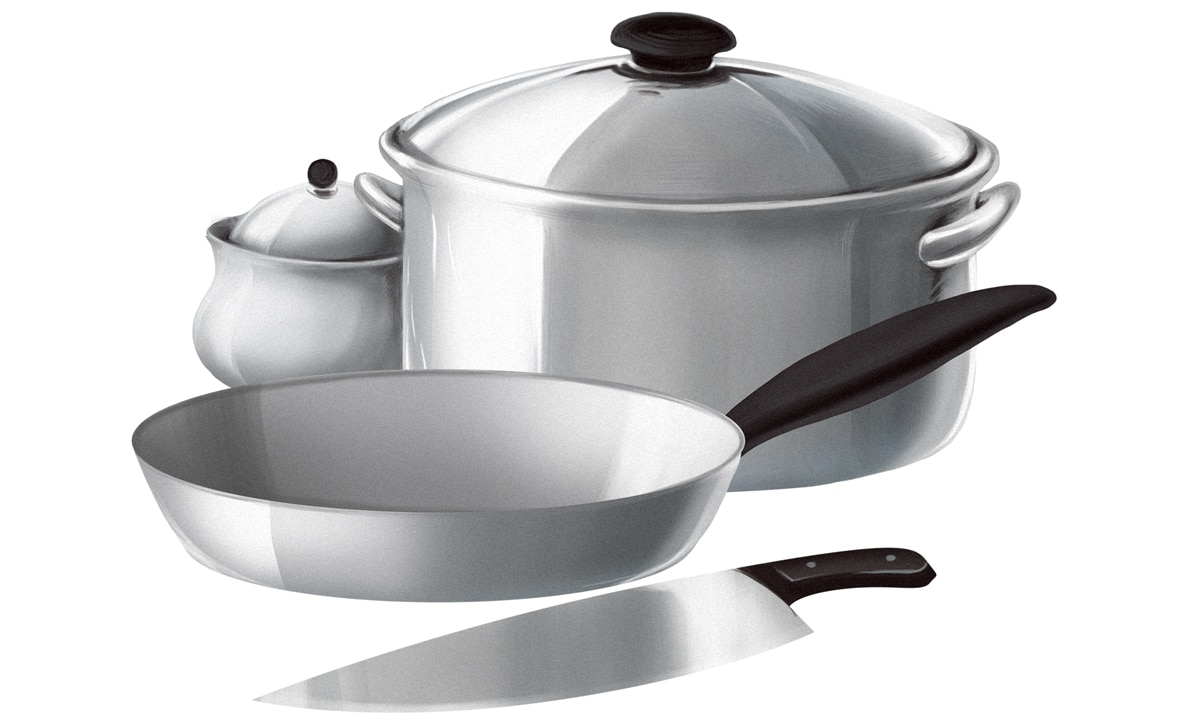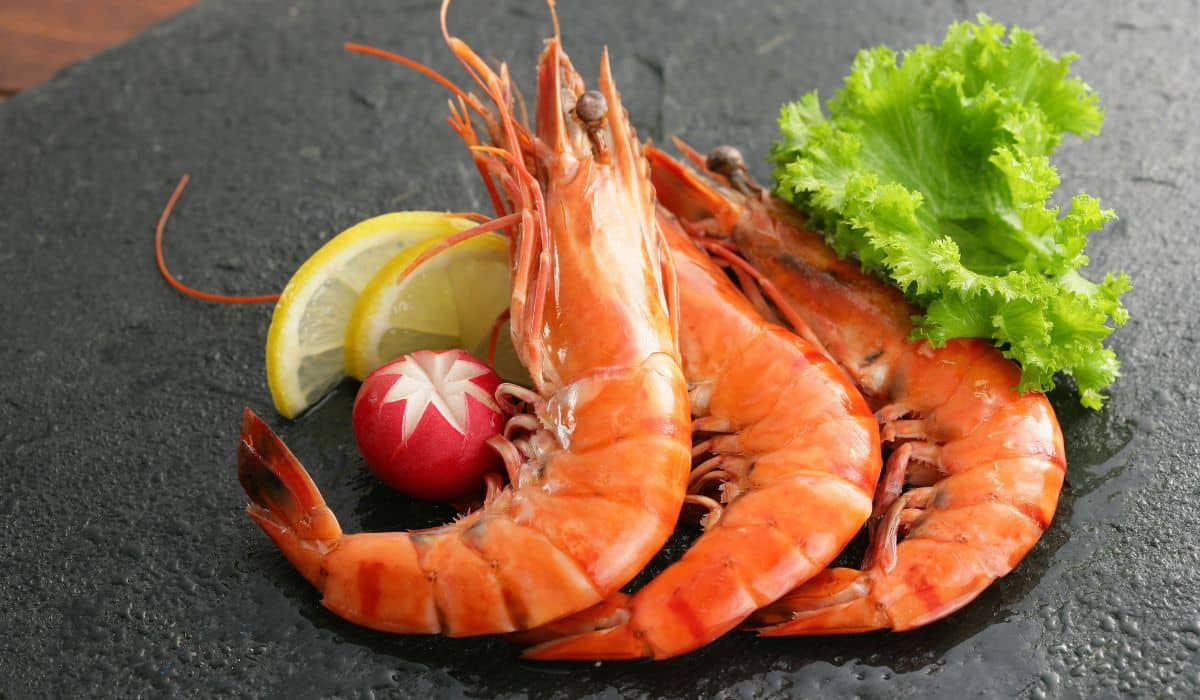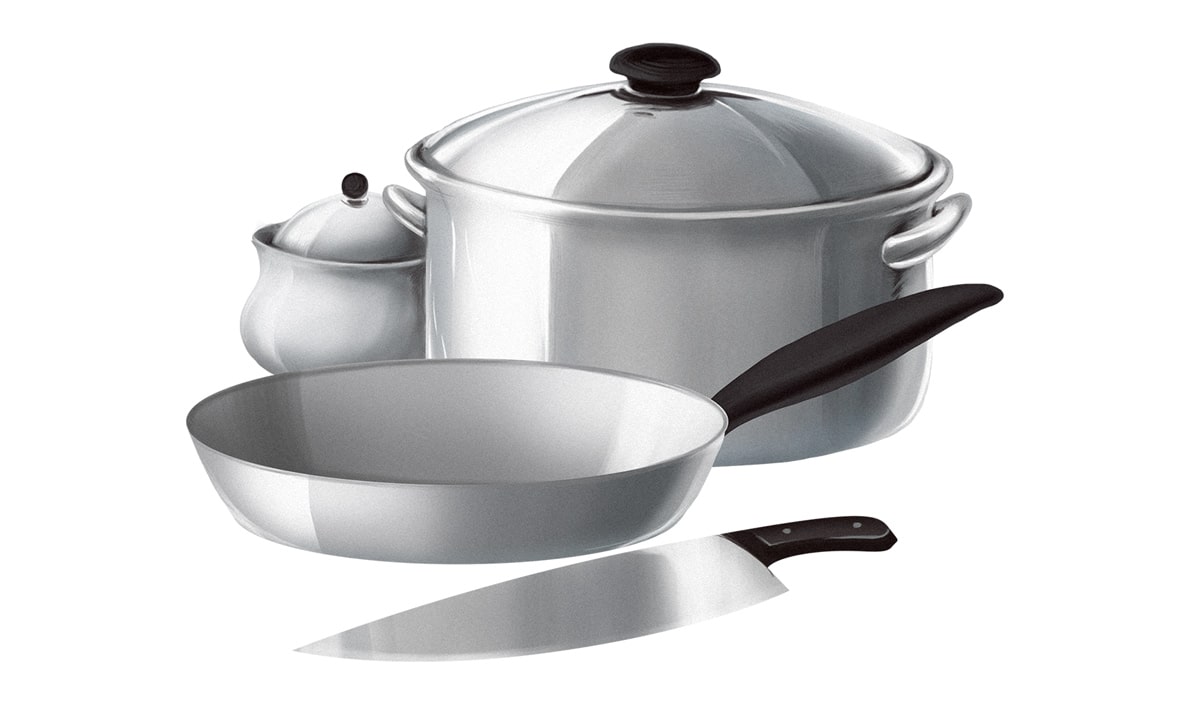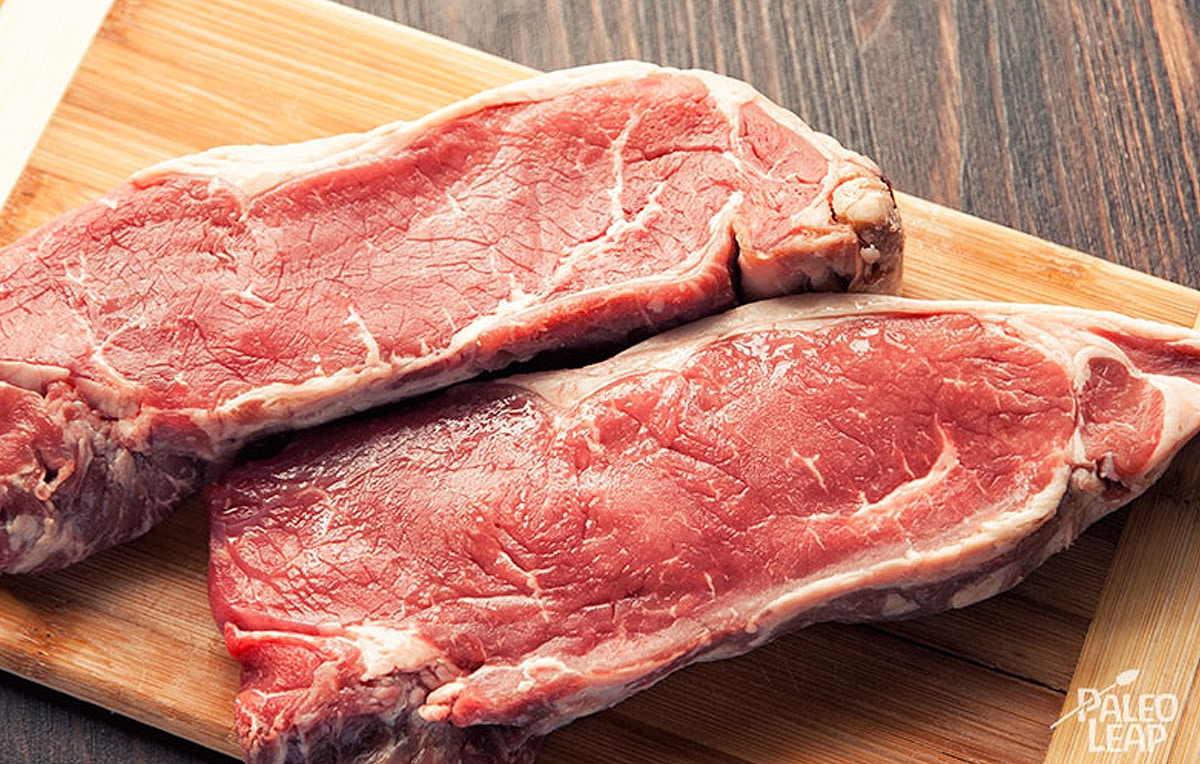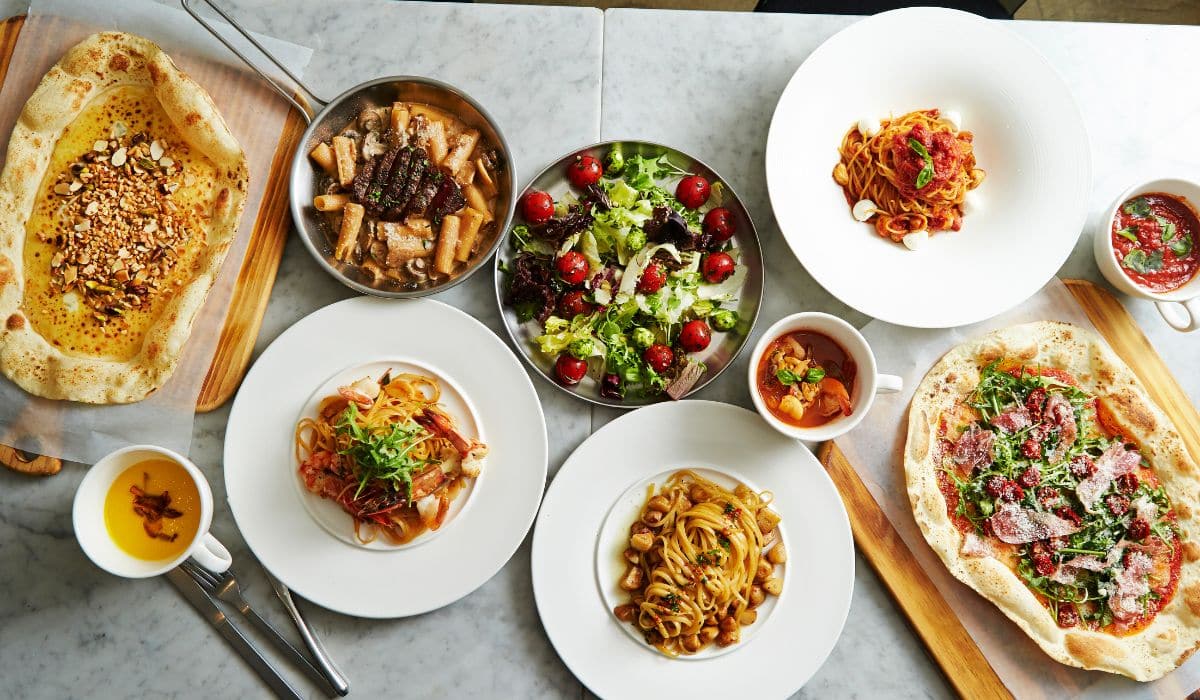
Fiber isn’t the one holy grail for digestive health - in fact, some people have digestive problems from eating too much fiber and feel better when they limit the amount and/or types of fiber in their diet. But for most people, getting a decent amount of fiber every day is good for gut health, easy digestion, and appetite regulation. And it’s generally congruent with our evolutionary history - yes, the Inuit eat very little to no plant food, but the vast majority of hunter-gatherer groups do eat plants, and those plants are largely pretty fibrous.
Paleo doesn’t mean giving up all plant food, and whole grains aren’t the only source of fiber around - in fact, they’re not even the best source of fiber around. To prove it, we’ll take an ordinary sandwich on whole-wheat bread (the healthy kind that “gives you fiber”) and compare it to some low-carb Paleo meals
The Sandwich
Our hypothetical sandwich is a paragon of low-fat, whole-grain tasteless nutrition and includes:
- 2 slices of whole-wheat bread* (30.8 grams total carbs, 4.3 grams of fiber)
- 1 slice of tomato (0.8 grams total carbs, 0.2 grams fiber)
- 2 slices of lettuce (0.4 grams total carbs, 0.3 grams fiber)
- 1 tbsp. mustard (0.9 grams total carbs, 0.6 grams fiber)
- 1 tbsp. lite mayonnaise (1.4 grams carbs, 0 grams fiber)
- 3 slices of deli-sliced turkey breast (0 grams carbs, 0 grams fiber)
*Different brands will be slightly different - this is the USDA average value for commercial whole-wheat bread in general.
The total creation contains 35.3 grams of total carbs and 5.4 grams of fiber (the majority of which comes from the bread), for a total of 29.9 grams net carbs. For the curious, it also contain 17.3 grams of protein and 7.5 grams of fat. By weight (grams), that’s 59% carbs, 29% protein, 12% fat. By calories, it’s 505 carbs, 25% protein, and 24% fat..
It’s worth noting that this isn’t really enough food to keep anyone full for long - it’s only about 300 calories. Most people would eat a bag of chips (a single-serving bag of Lays will run you an extra 21 grams net carbs) or maybe a cookie (one Starbucks chocolate chip cookie will add 72 grams net carbs) with that sandwich to make it into an actually filling meal. But nobody is claiming that chips and cookies add essential fiber to your diet! The claim is that whole grains - in that allegedly healthy bread - add the fiber. And that’s just not the case.
Now it’s time to see how Paleo and low-carb meals can do better! The choices below are full meals that actually have enough food for an adult, with fewer carbs and more fiber than the "healthy" whole-wheat sandwich.
1. Braised cabbage with extra bacon

Say “extra bacon” and everyone comes running! Start with this braised cabbage recipe but toss some extra bacon on a baking sheet as well to crisp up - or supplement the cabbage with any other protein of your choice.
Total carbs (including fiber): 20 grams per serving
Fiber: 8 grams per serving
Net carbs (total carbs - fiber): 12 grams per serving
2. Grilled chicken breast over zucchini noodles with tomato-basil sauce
For the chicken breast, just toss one (or three, or five, depending on the size of your family) on the grill and throw it on top of some zucchini noodles in an easy tomato sauce.
These zucchini noodles don’t require a lot of time and effort to prepare, and they make an excellent base for any 0-carb protein (pork chops, chicken breast, shrimp, or whatever else you like). Assuming your protein topper has no carbs:
Total carbs (including fiber): 23 grams per serving
Fiber: 6.2 grams per serving
Net carbs (total carbs - fiber): 16.8 grams per serving
3. Slow-cooker cabbage casserole
No time to cook after work? Cook while you’re at work - and come home to dinner already done, with this slow-cooker cabbage casserole. It's pretty low in carbs, high in fiber, and most importantly, delicious! It's also a complete meal because, on top of the cabbage, it has ground beef for protein and healthy fat.
Total carbs (including fiber): 19 grams per serving
Fiber: 8 grams per serving
Net carbs (total carbs - fiber): 11 grams per serving
4. Steak enchilada salad
This recipe combines super-easy protein with a super-easy salad bed full of vegetables and healthy fats. It’s packable, meal-preppable, and completely leftover-friendly. And it has significantly more fiber than the whole-wheat sandwich, on top of enough fat and energy to actually keep you full for a while.
Total carbs (including fiber): 21 grams per serving
Fiber: 6 grams per serving
Net carbs (total carbs - fiber): 15 grams per serving
5. Grilled Sea Bass with caramelized Brussels sprouts

Don’t be put off by “caramelized” in the title - this is a pretty simple recipe that works great as a weeknight dinner - and it has more than twice the fiber of the whole-wheat sandwich.
Total carbs (including fiber): 26 grams per serving
Fiber: 11 grams per serving (mostly from the Brussels sprouts)
Net carbs (total carbs - fiber): 15 grams per serving
6. Creamy chicken and bacon pasta
This Paleo “pasta” is made with spaghetti squash, with 6 grams of fiber (or more, if you really pile on the squash and broccoli). Spaghetti squash is super easy to cook and great for leftovers - add some cheese on top if you do dairy, or just leave it as-is for the lactose free.
Total carbs (including fiber): 26 grams per serving
Fiber: 6 grams per serving
Net carbs (total carbs - fiber): 20 grams per serving
Bonus recipe: Banana chocolate muffin bites

OK, this recipe for banana chocolate muffin bites isn’t a meal. It’s a dessert. But as a bonus, even the Paleo dessert has more fiber than the allegedly healthy whole-wheat sandwich.
Total carbs (including fiber): 24 grams per serving
Fiber: 6.55 grams per serving
Net carbs (total carbs - fiber): 17.45 grams per serving
In short: fiber is great but nobody needs whole grains (or any other kind of grains) to get it. Paleo and low-carb meals will do you just fine - and even the desserts aren't slouching when it comes to fiber count.

